-
 © Tony Baker/Classic & Sports Car
© Tony Baker/Classic & Sports Car -
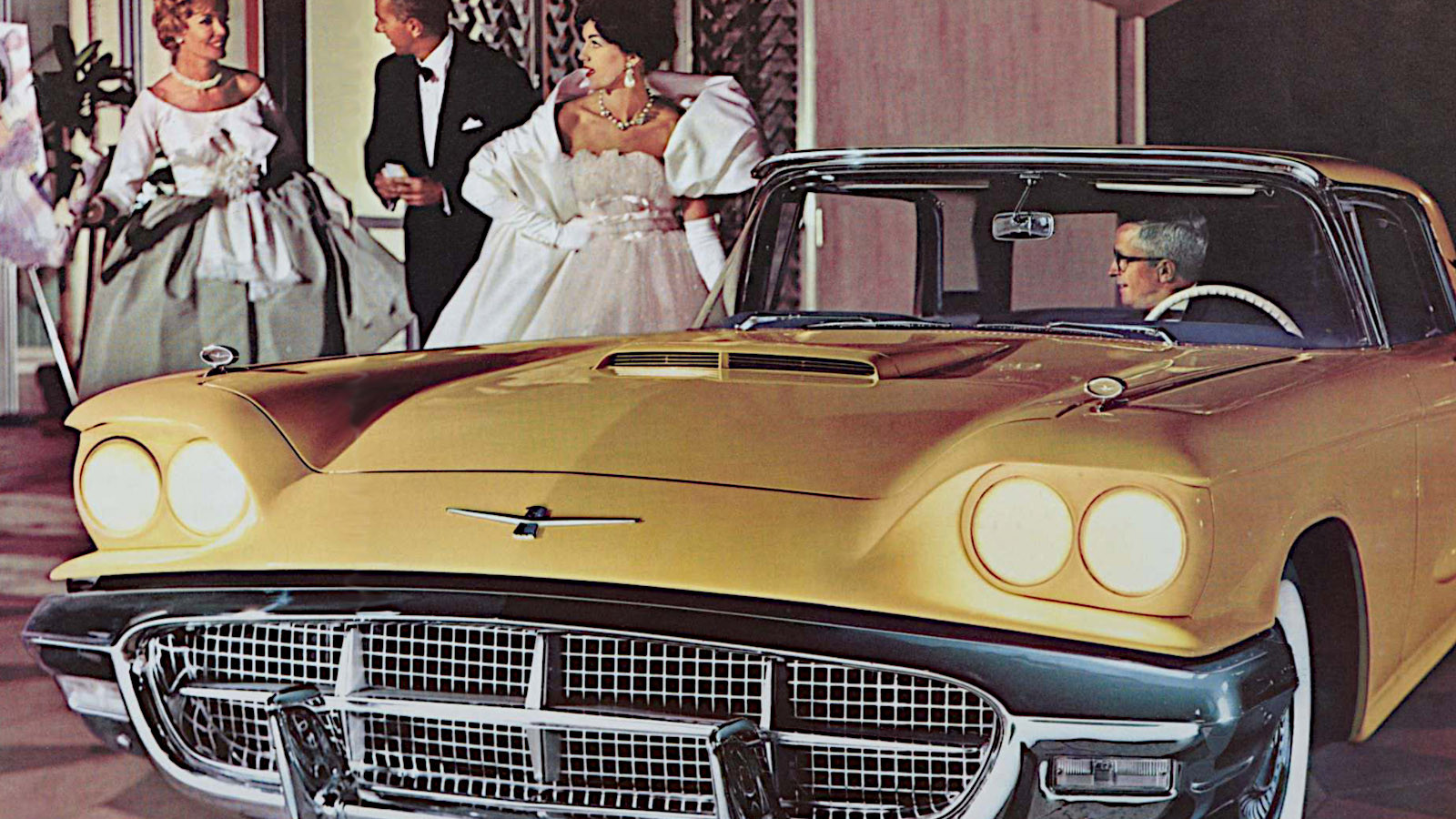 © Ford
© Ford -
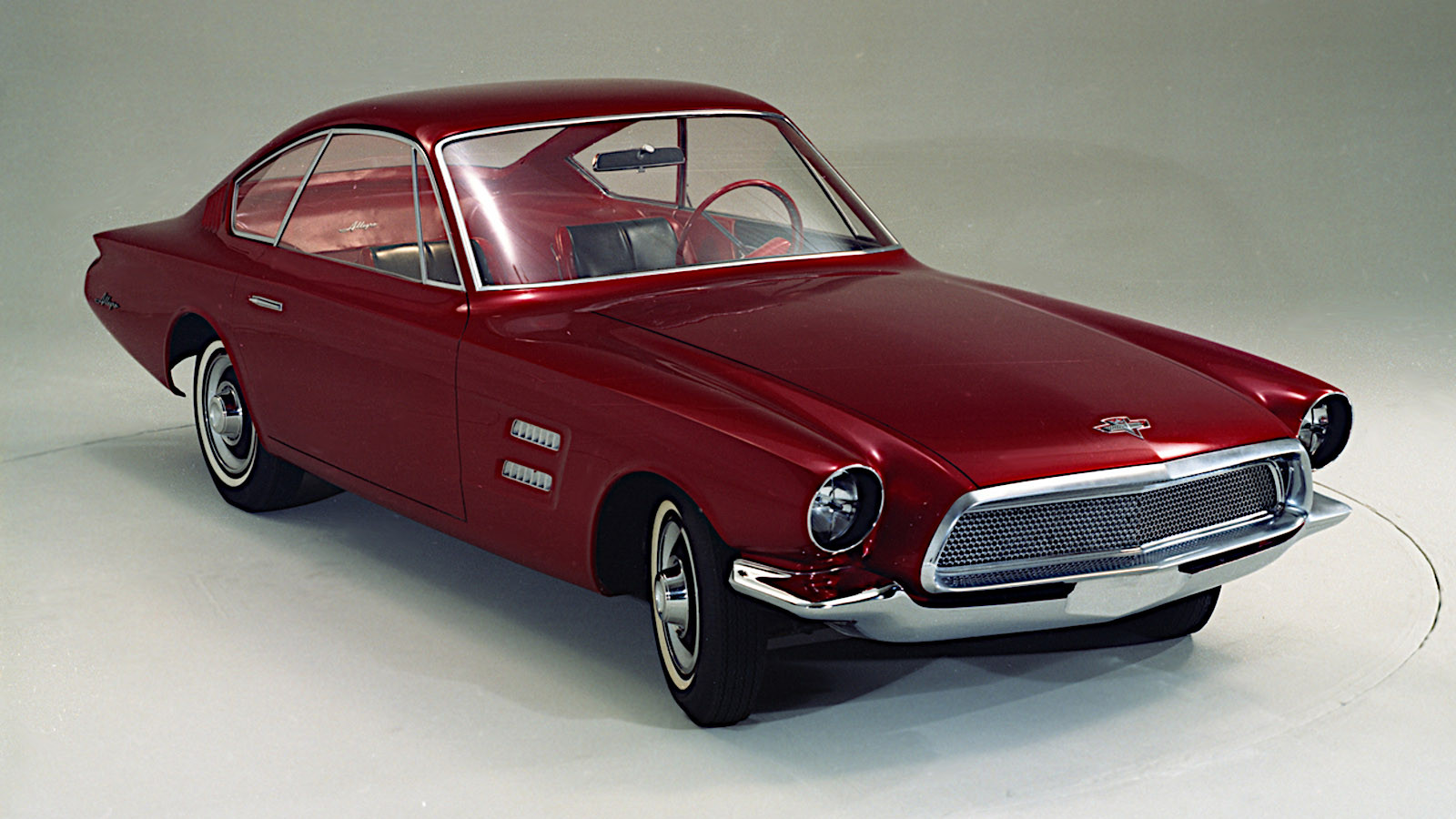 © Ford
© Ford -
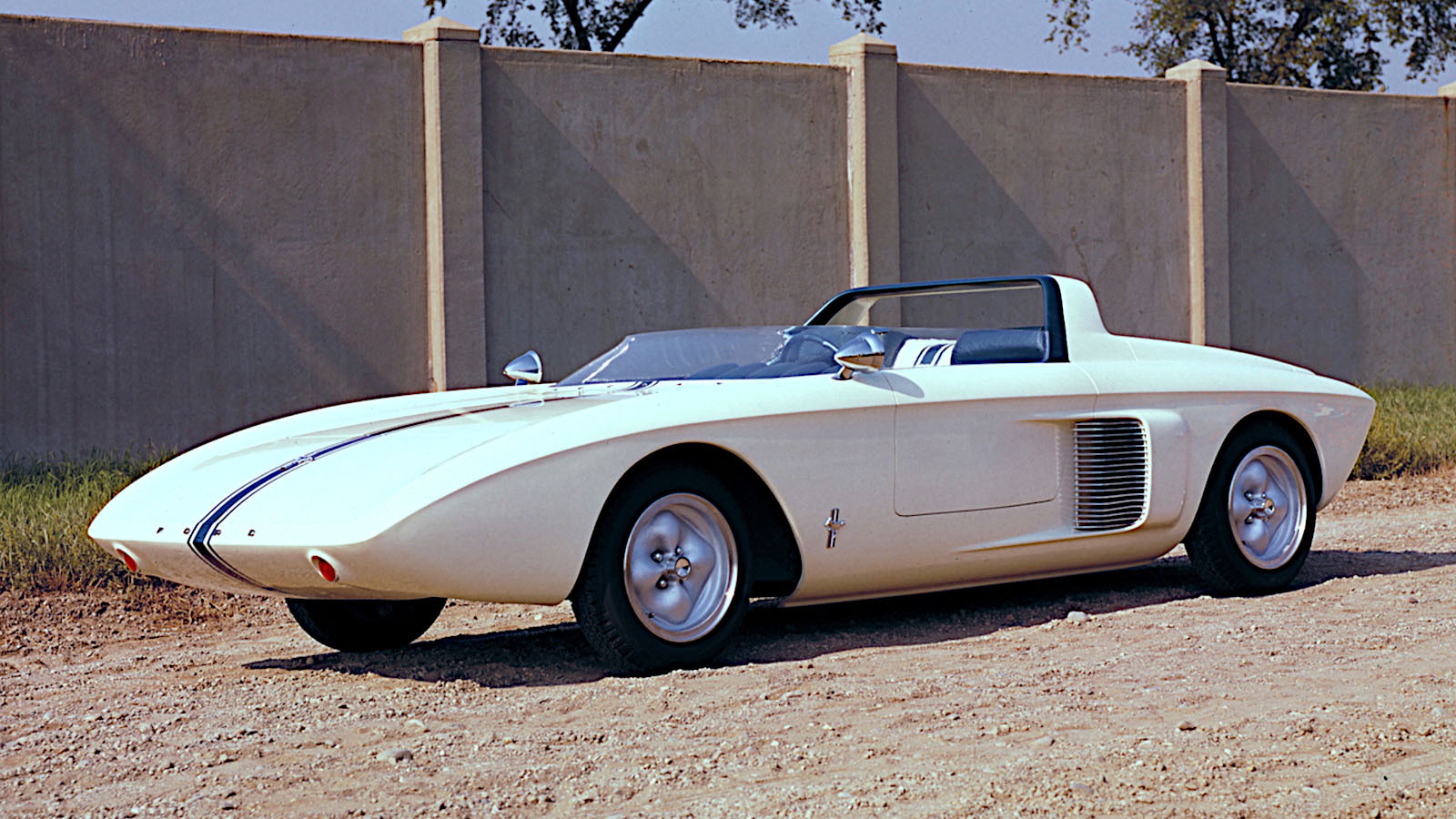 © Ford
© Ford -
 © Ford
© Ford -
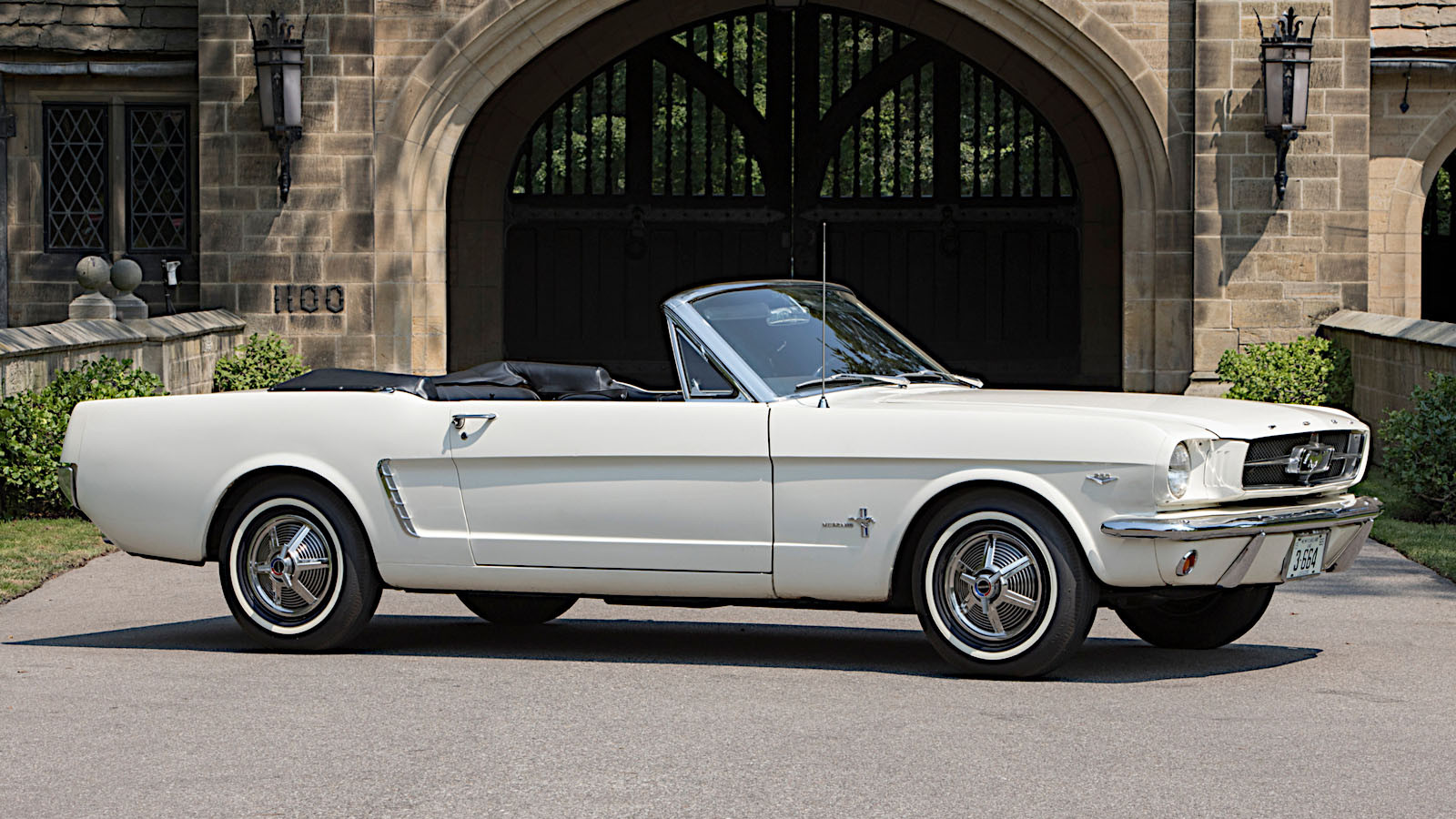 © Ford
© Ford -
 © Ford
© Ford -
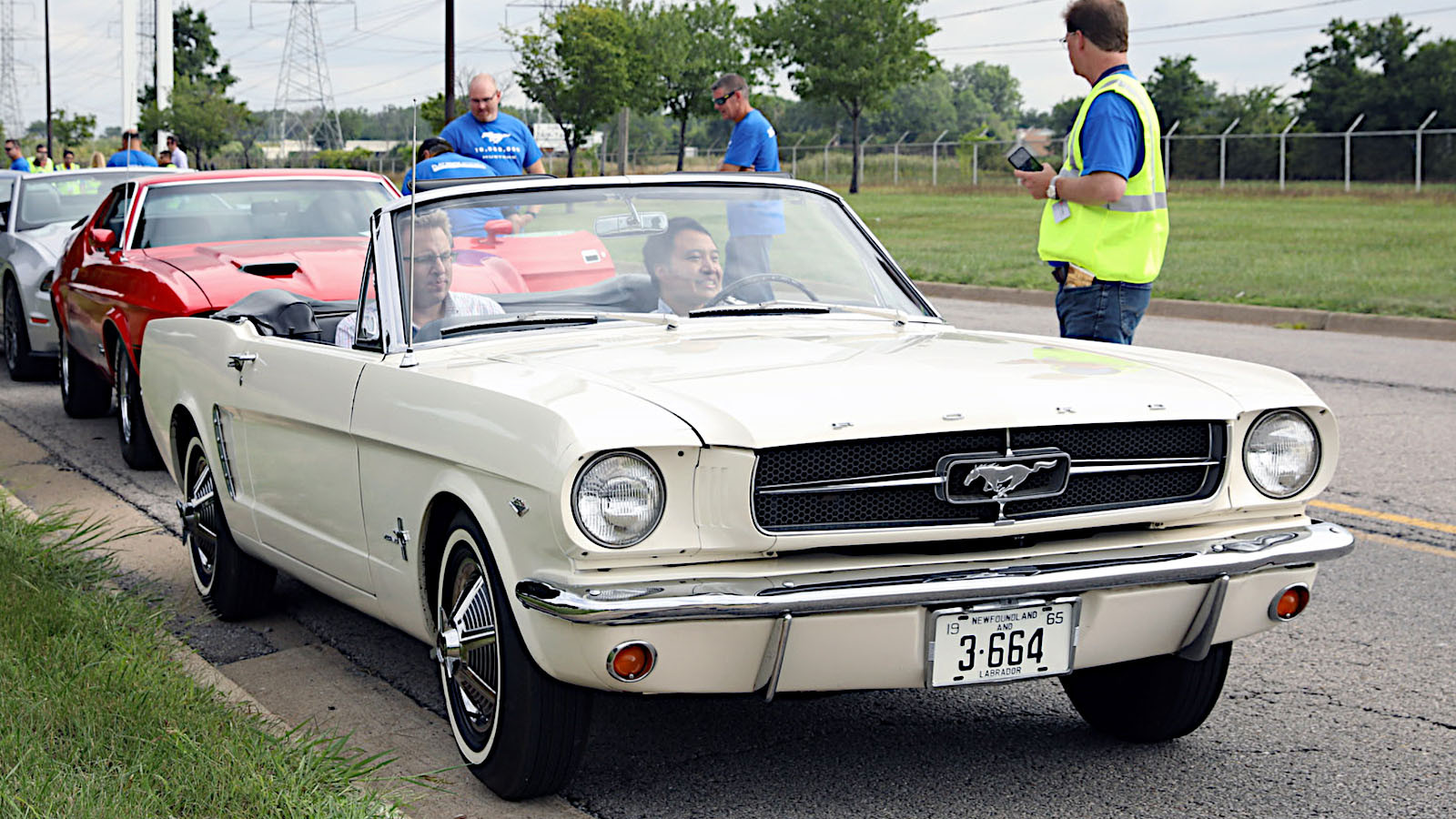 © Ford
© Ford -
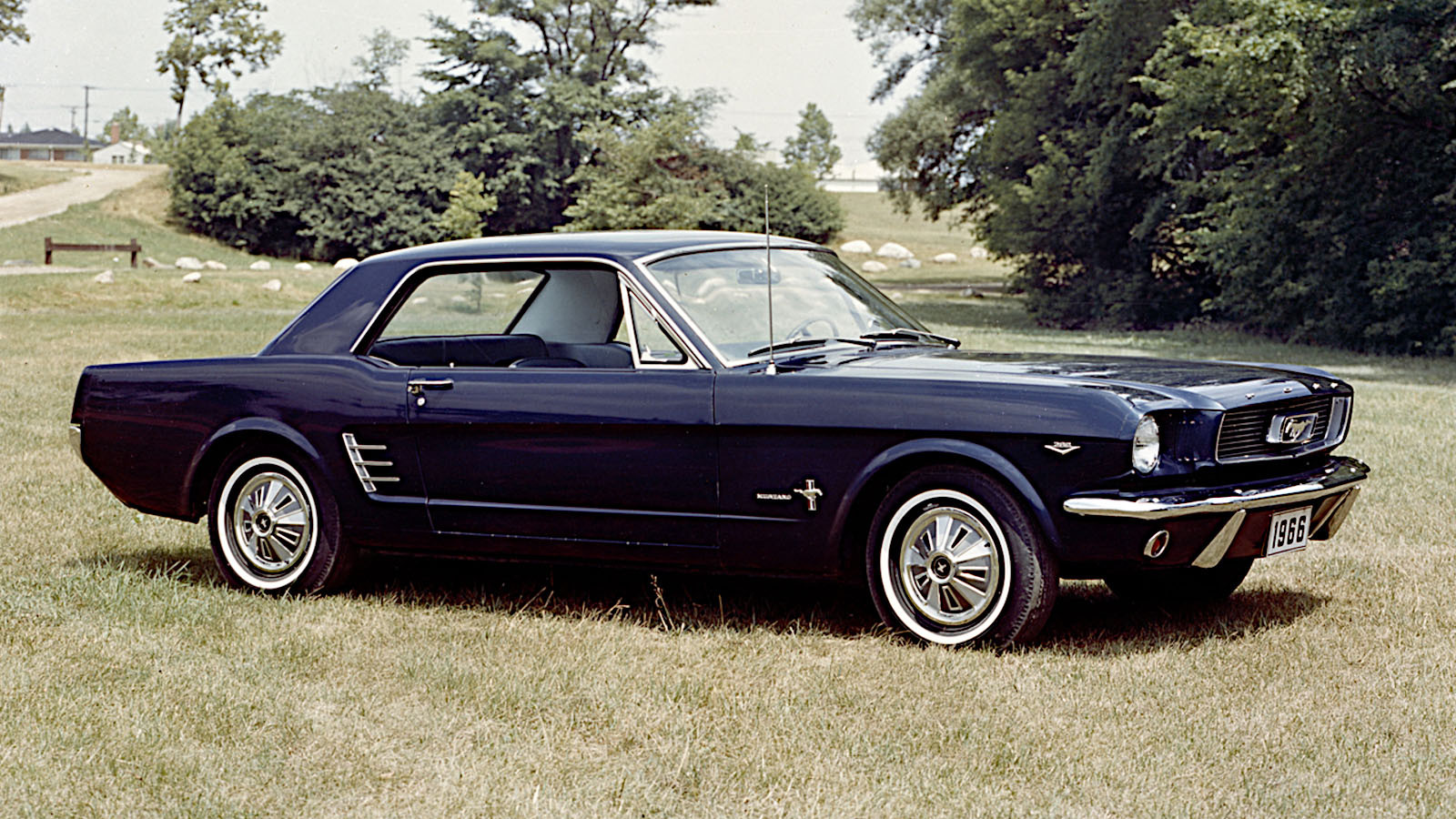 © Ford
© Ford -
 © Classic & Sports Car
© Classic & Sports Car -
 © Classic & Sports Car
© Classic & Sports Car -
 © Ford
© Ford -
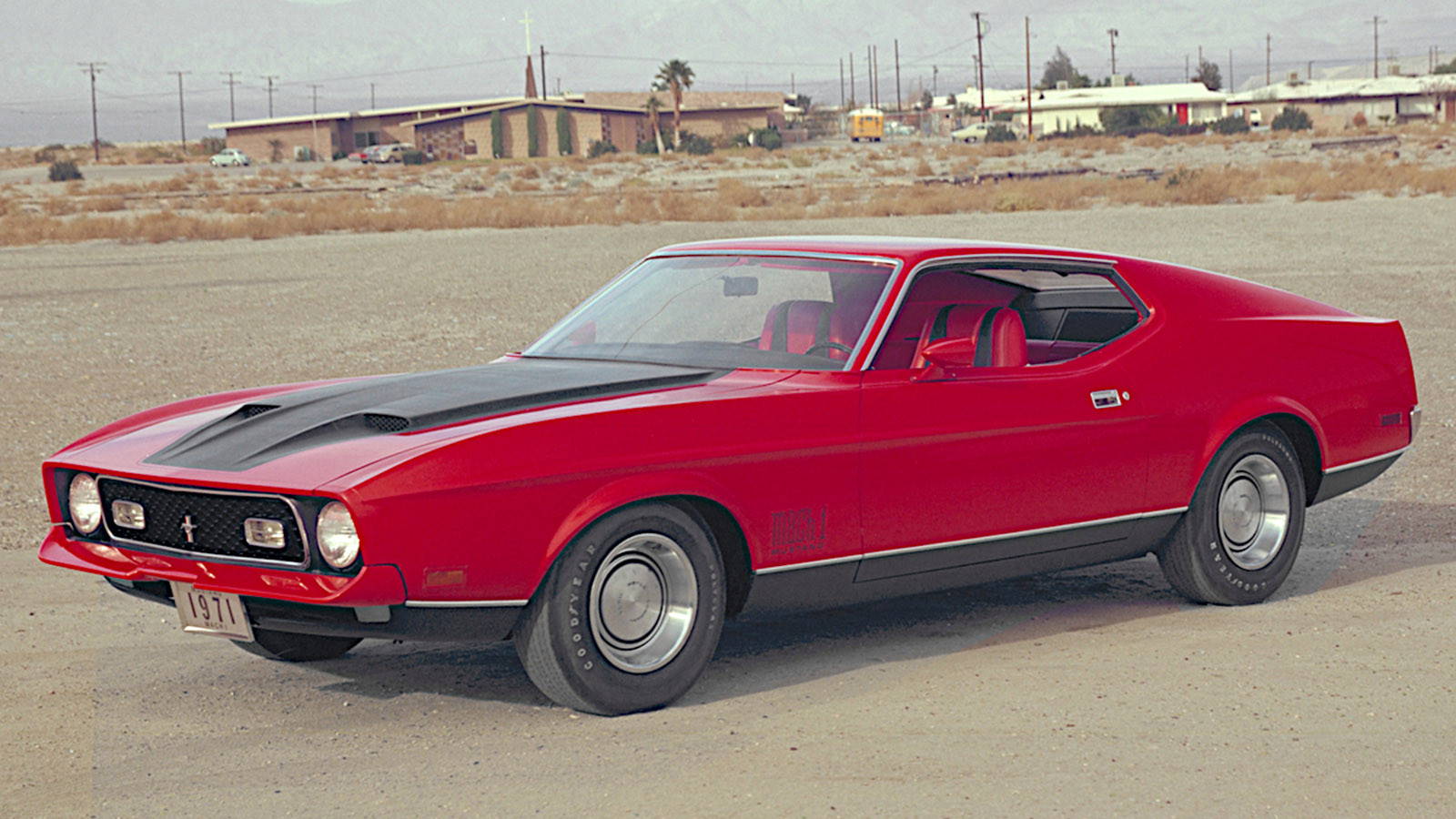 © Ford
© Ford -
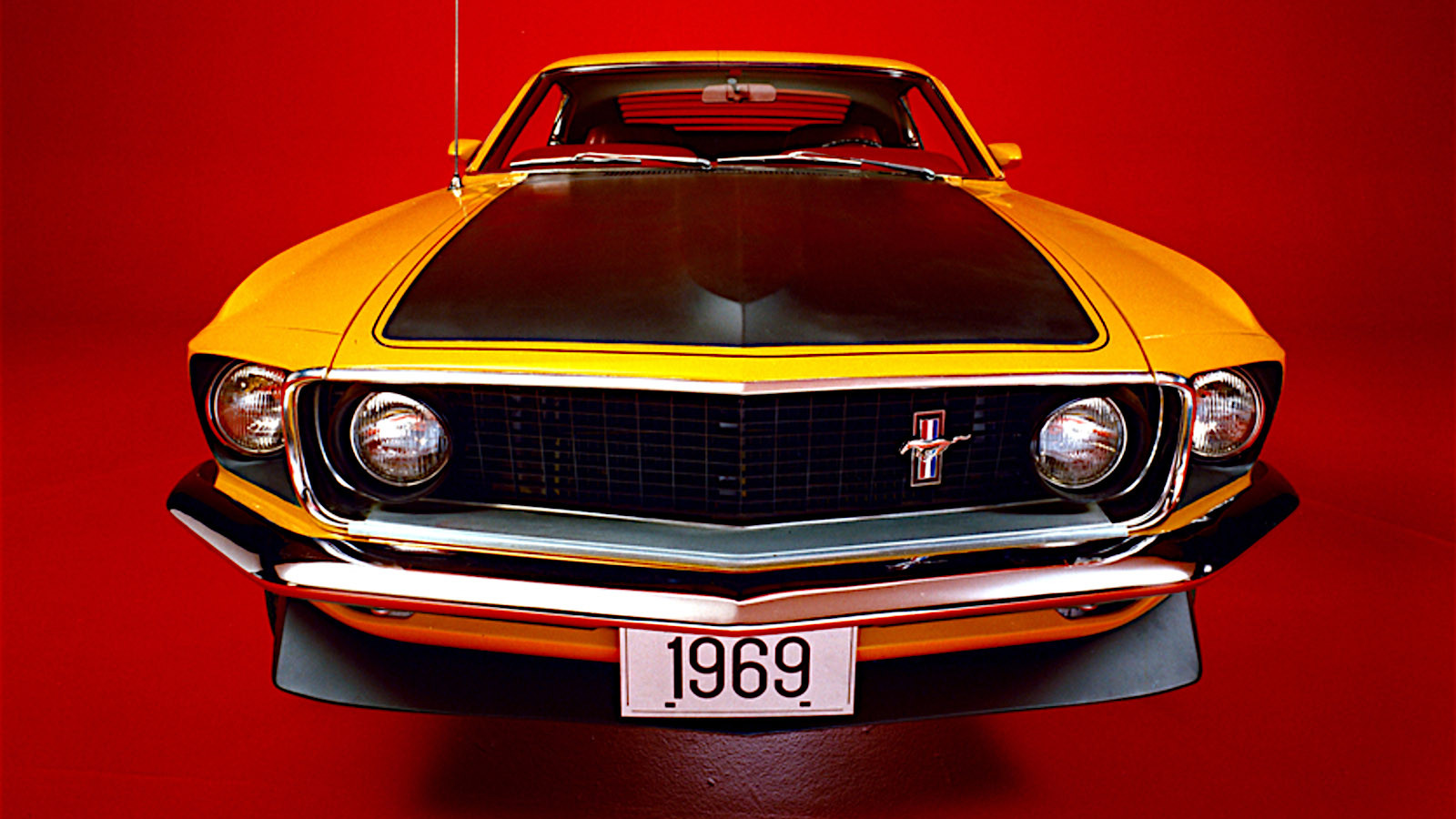 © Ford
© Ford -
 © Ford
© Ford -
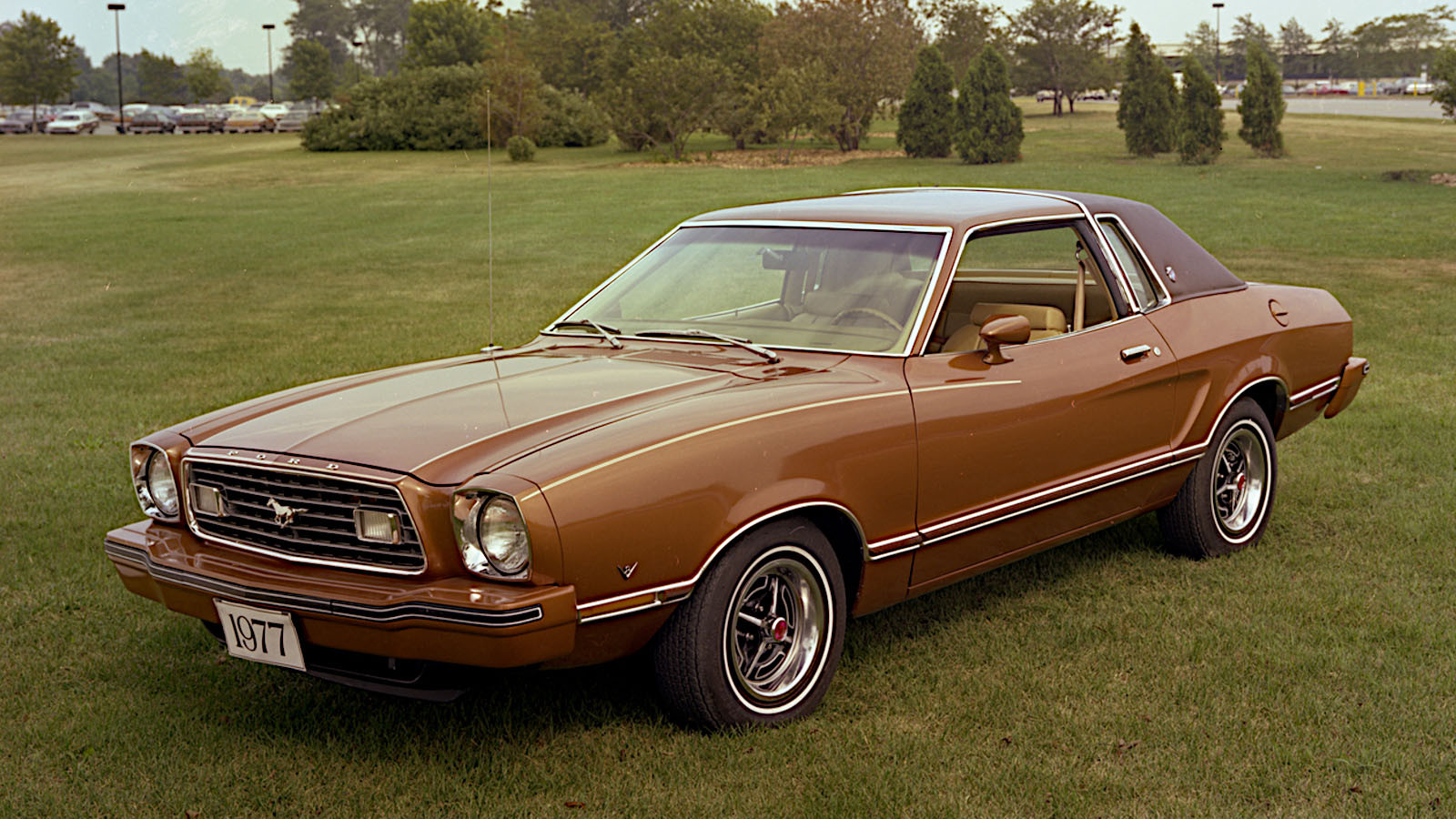 © Ford
© Ford -
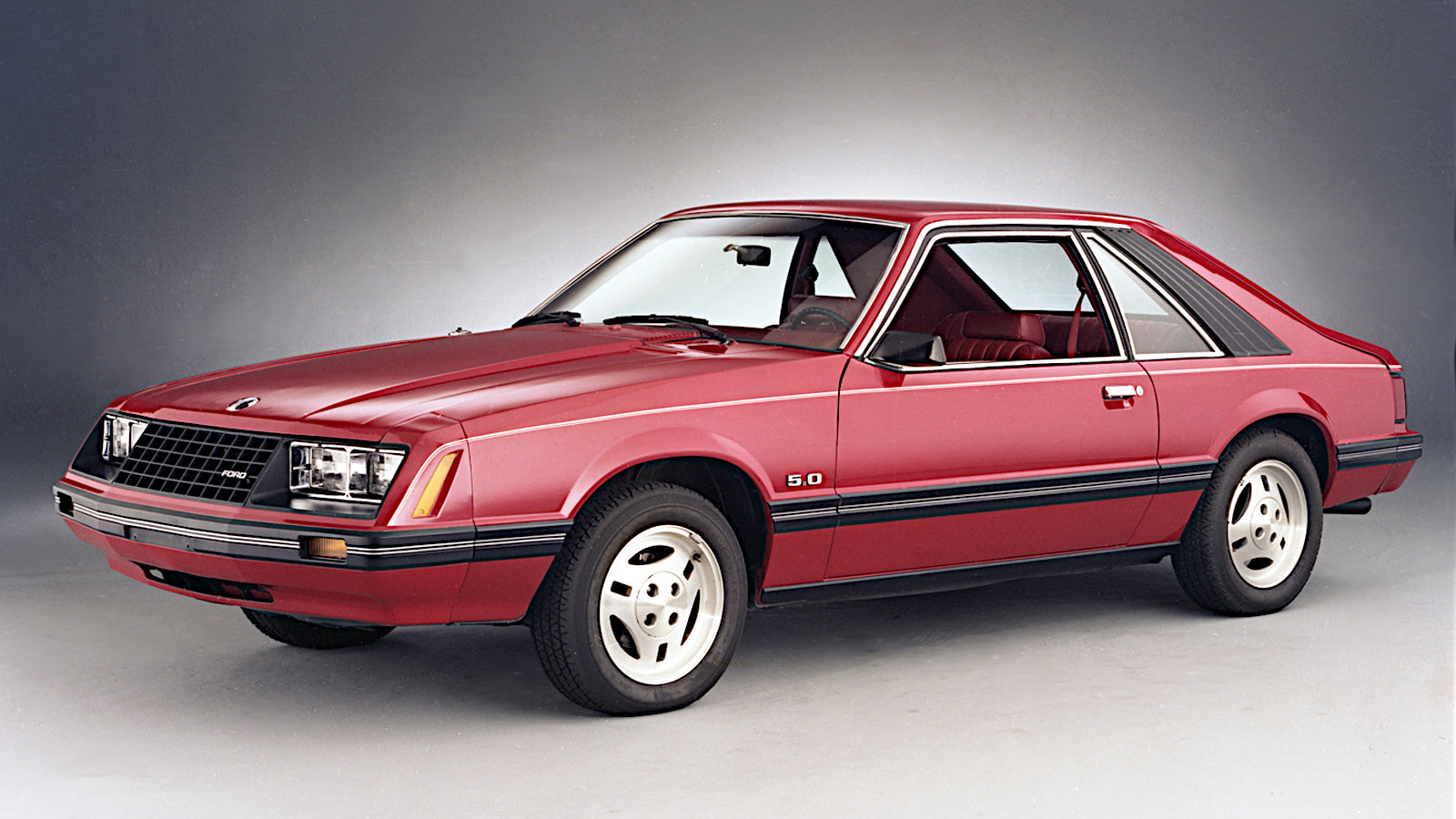 © Ford
© Ford -
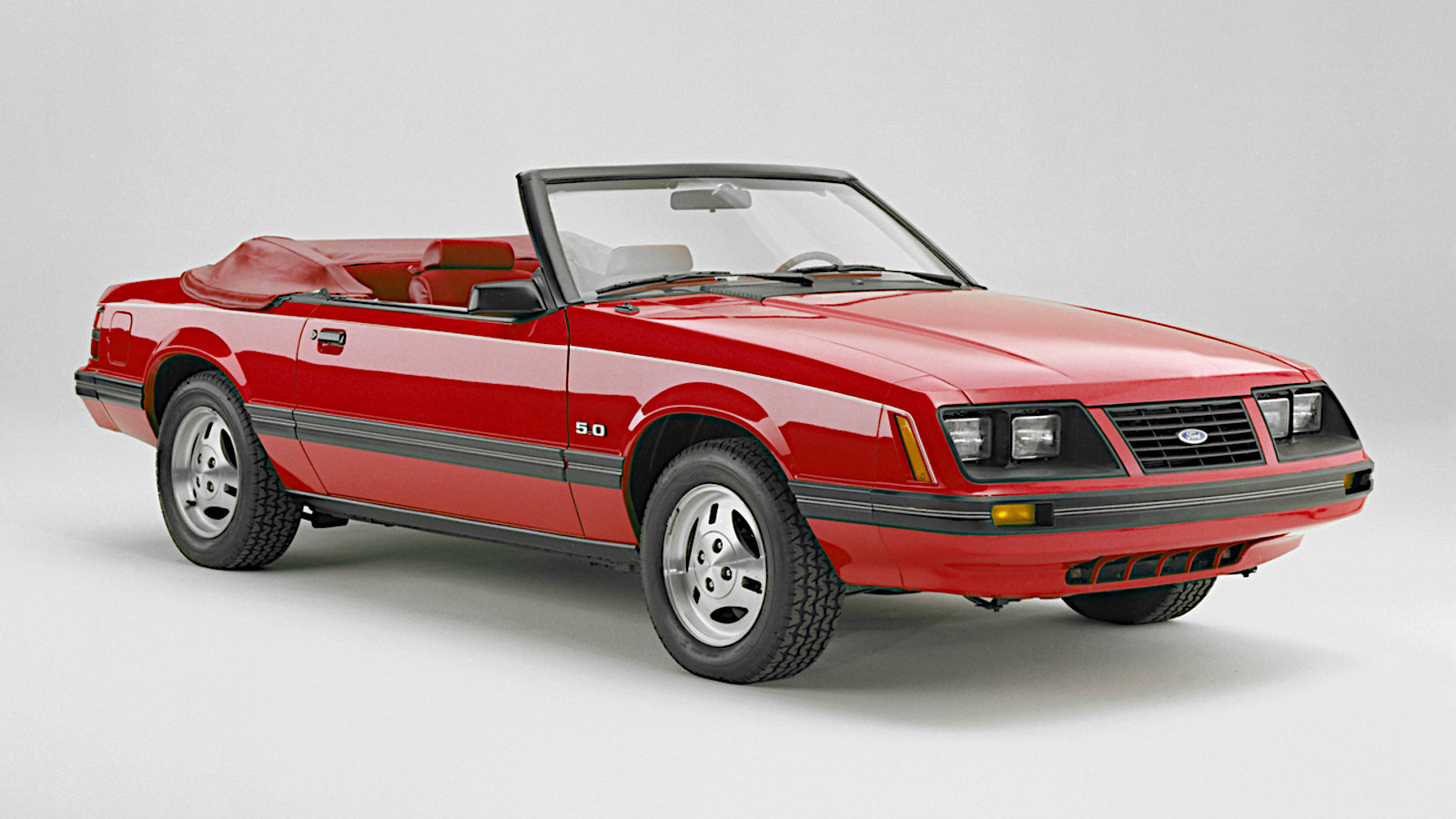 © Ford
© Ford -
 © Ford
© Ford -
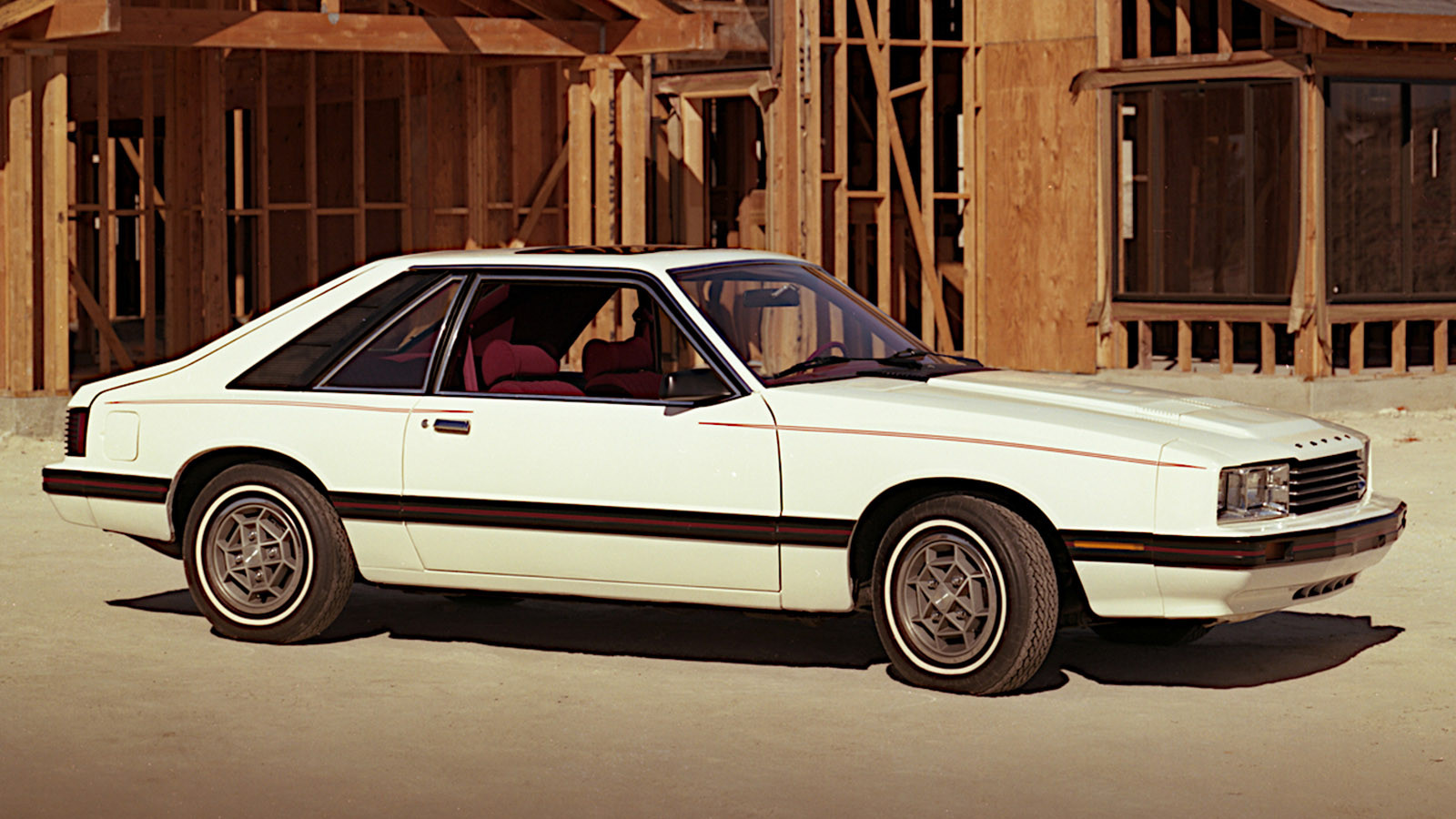 © Ford
© Ford -
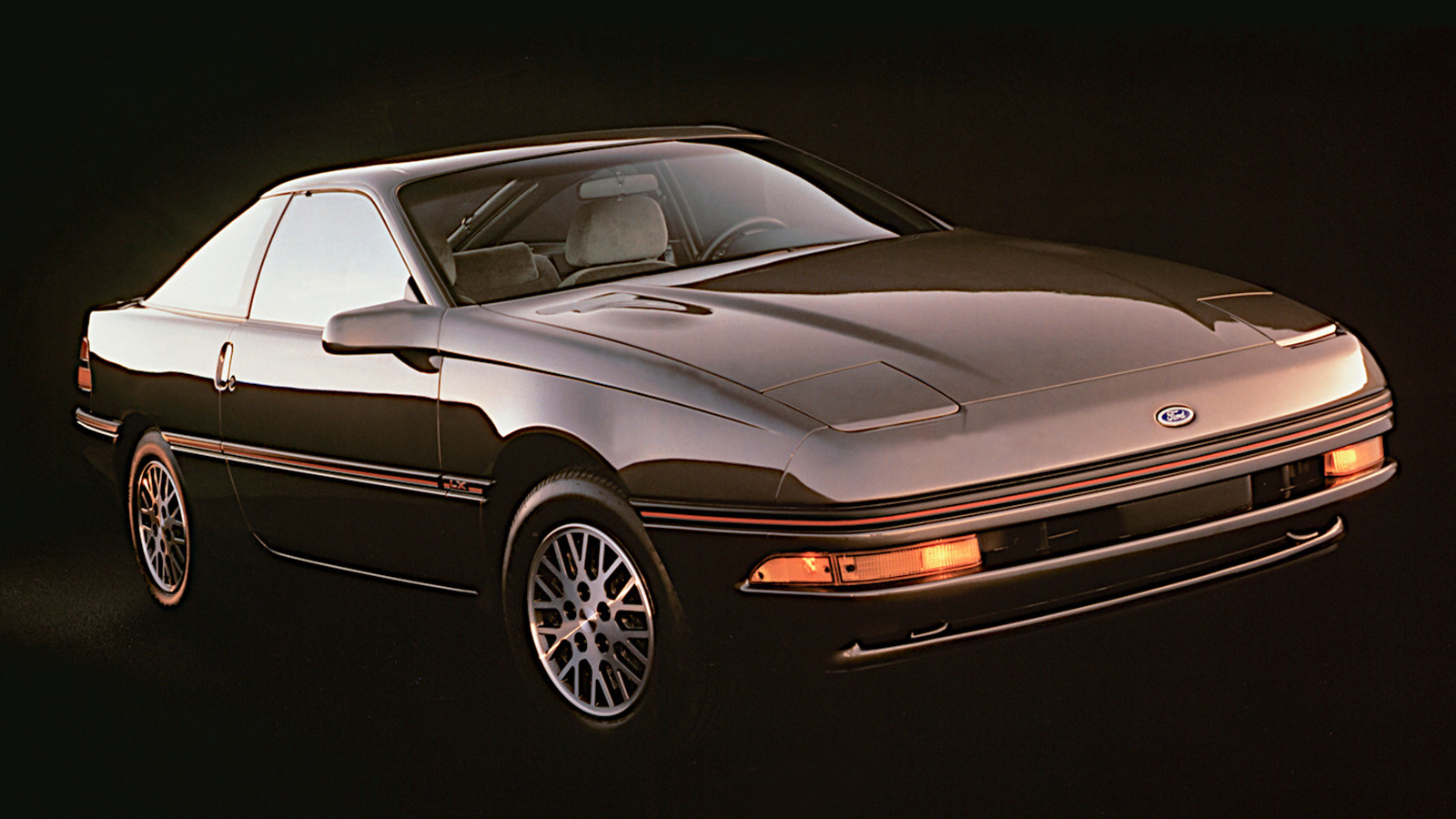 © Ford
© Ford -
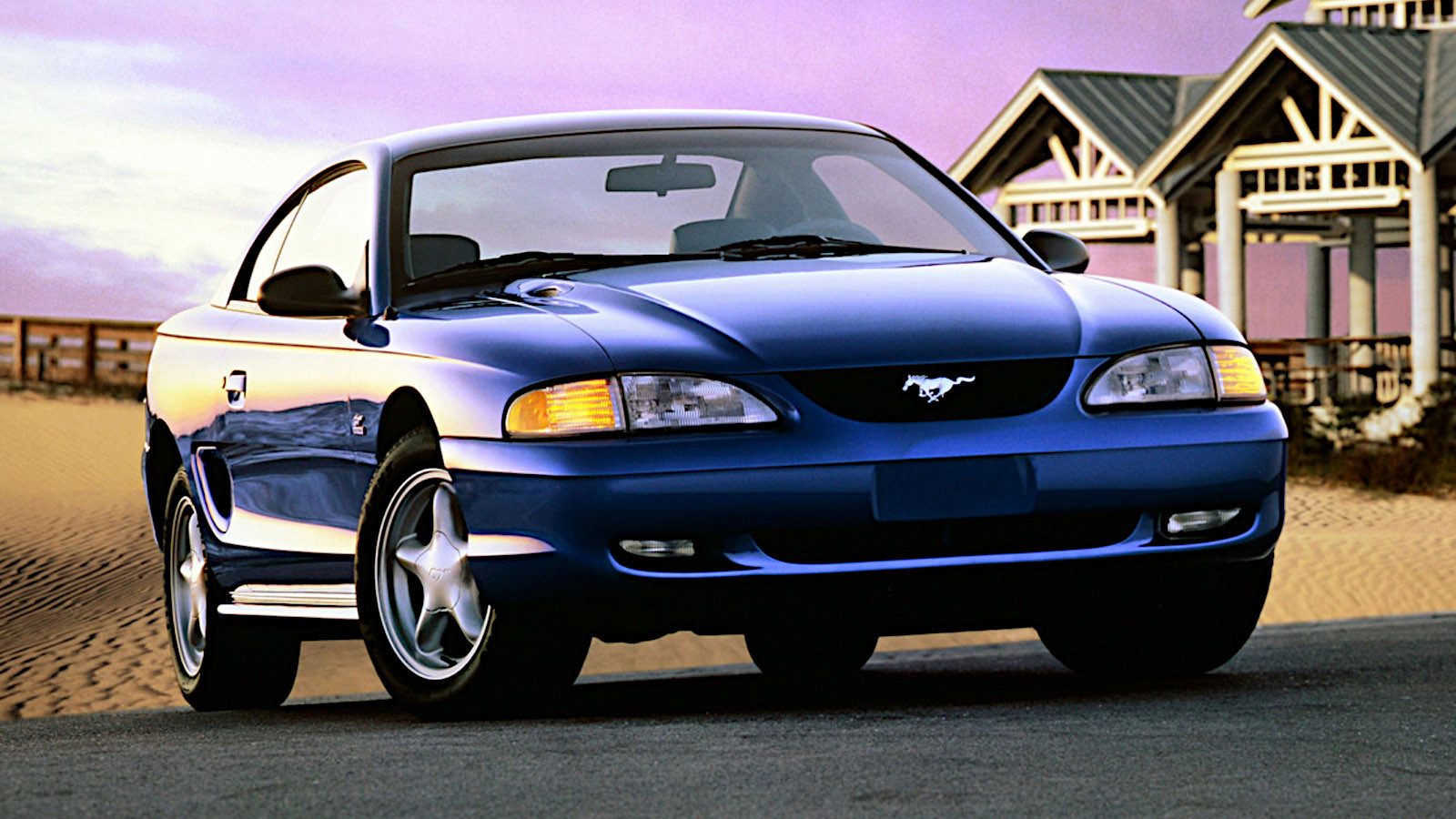 © Ford
© Ford -
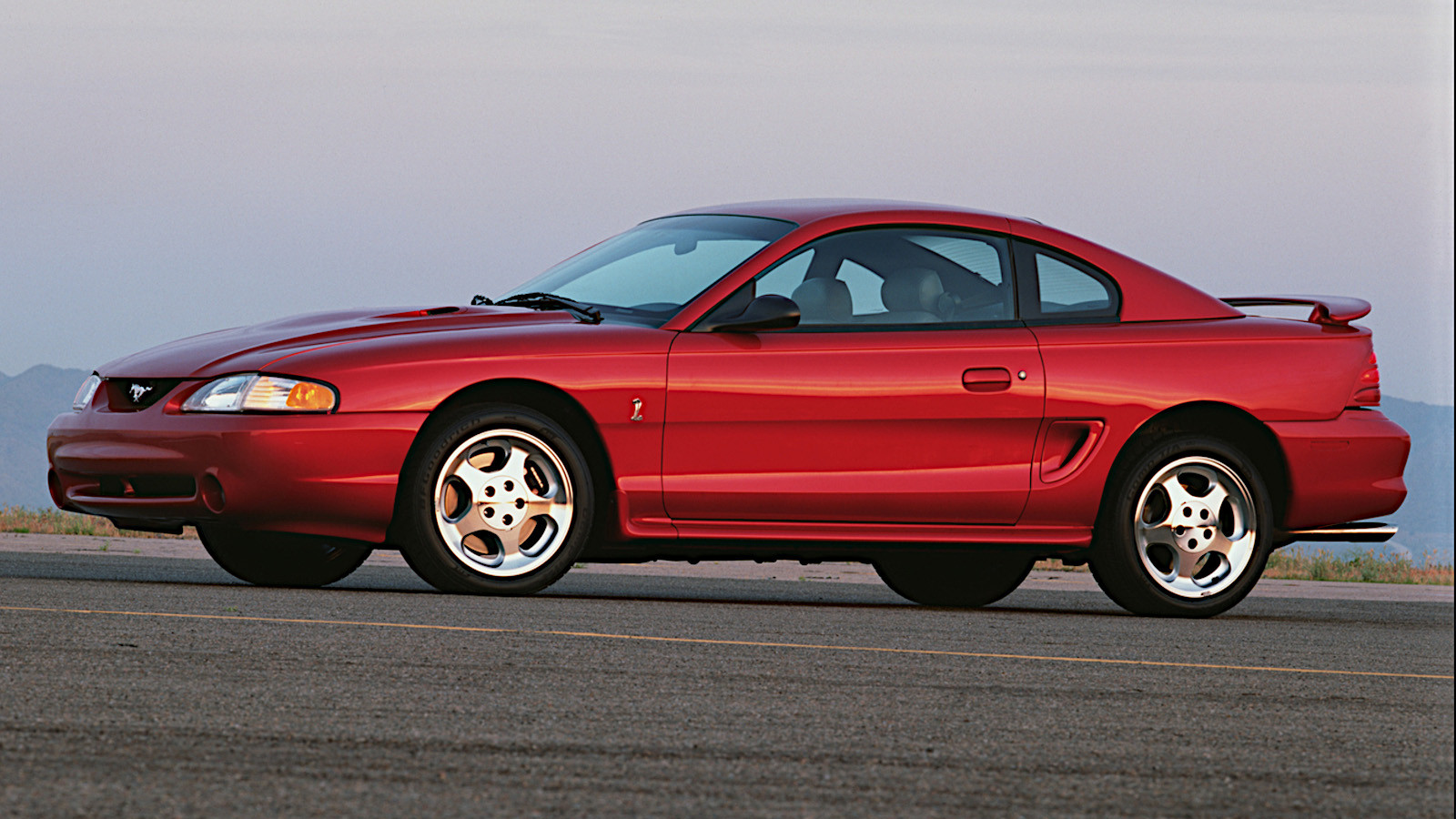 © Ford
© Ford -
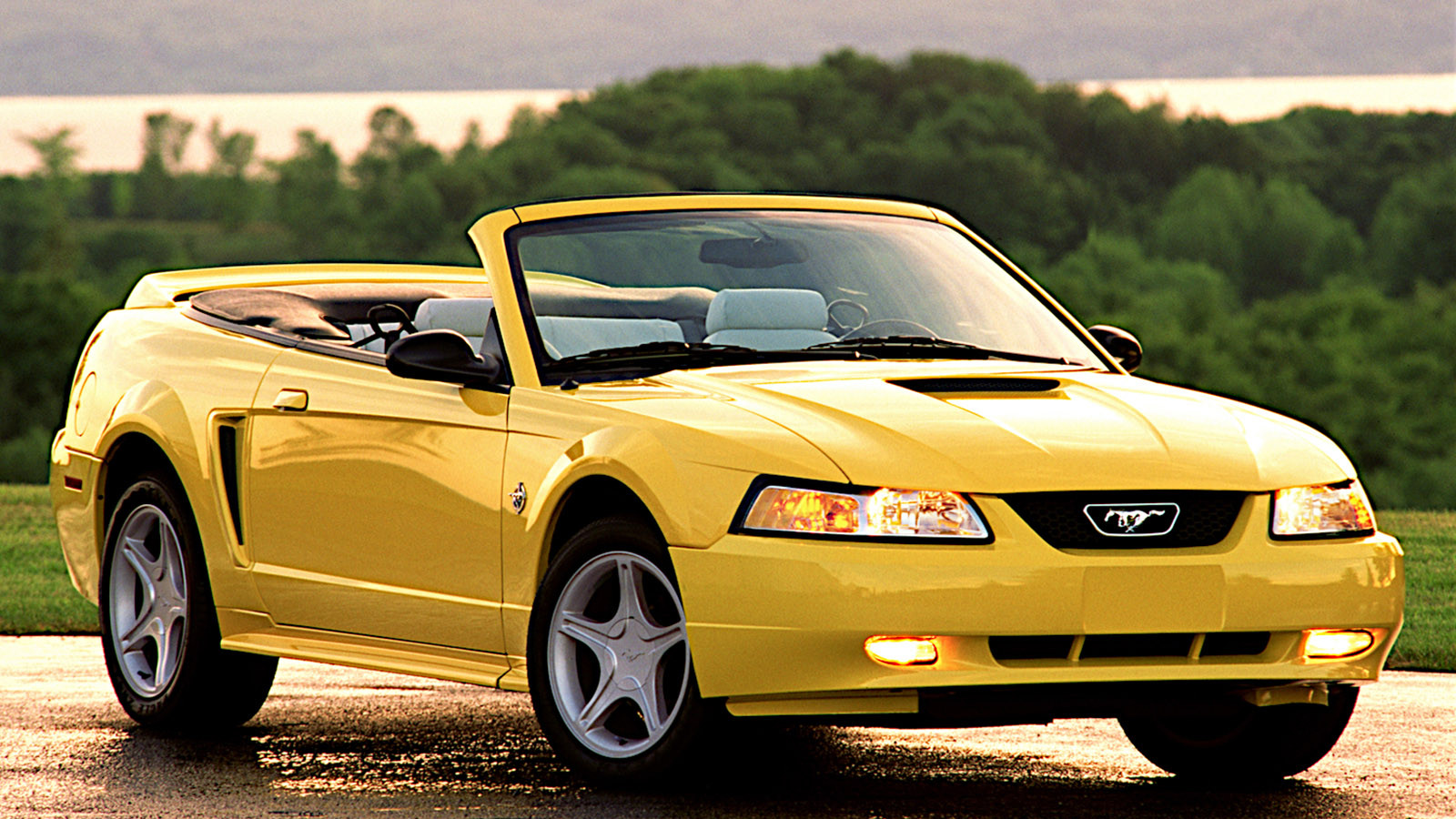 © Ford
© Ford -
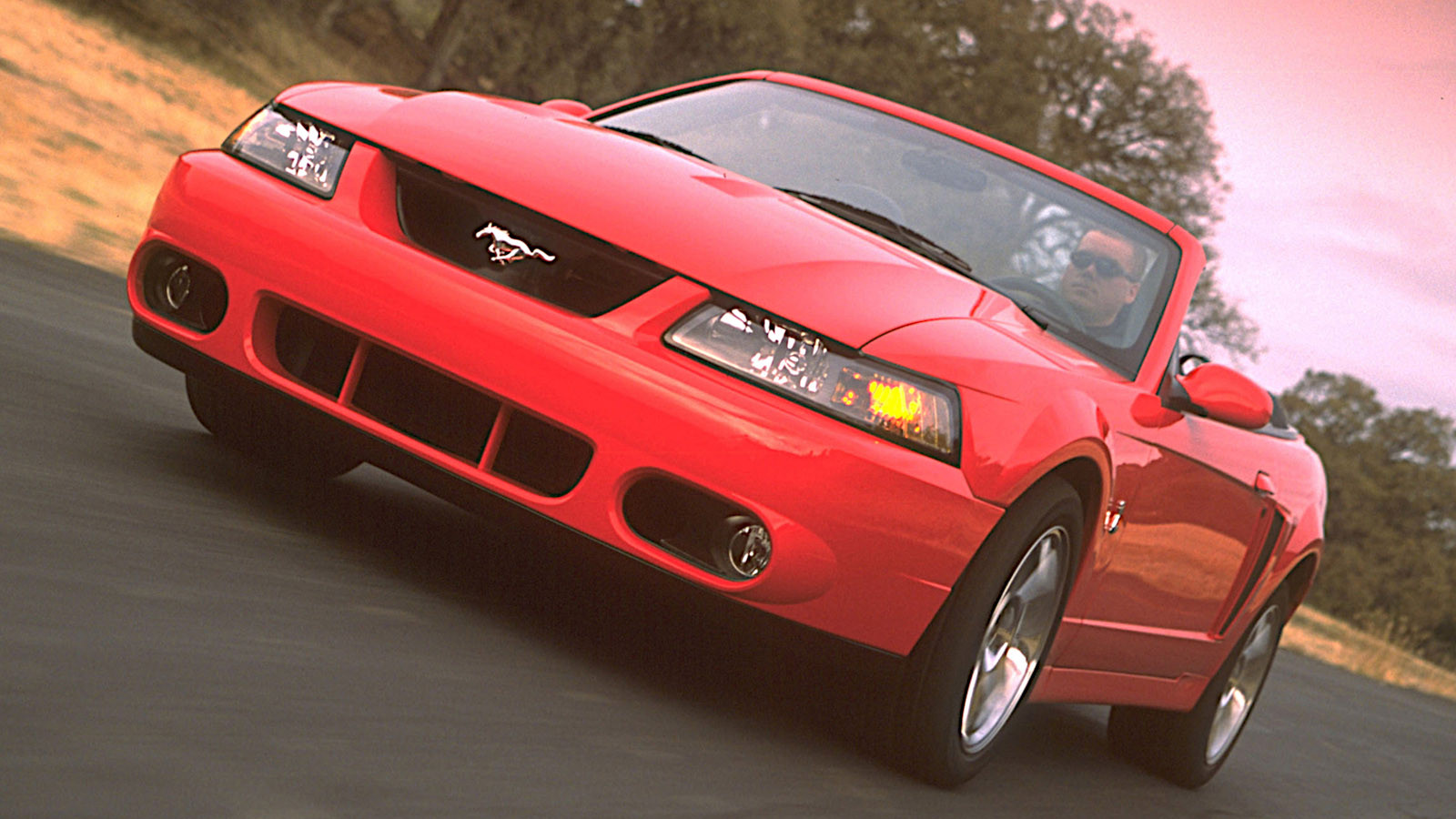 © Ford
© Ford -
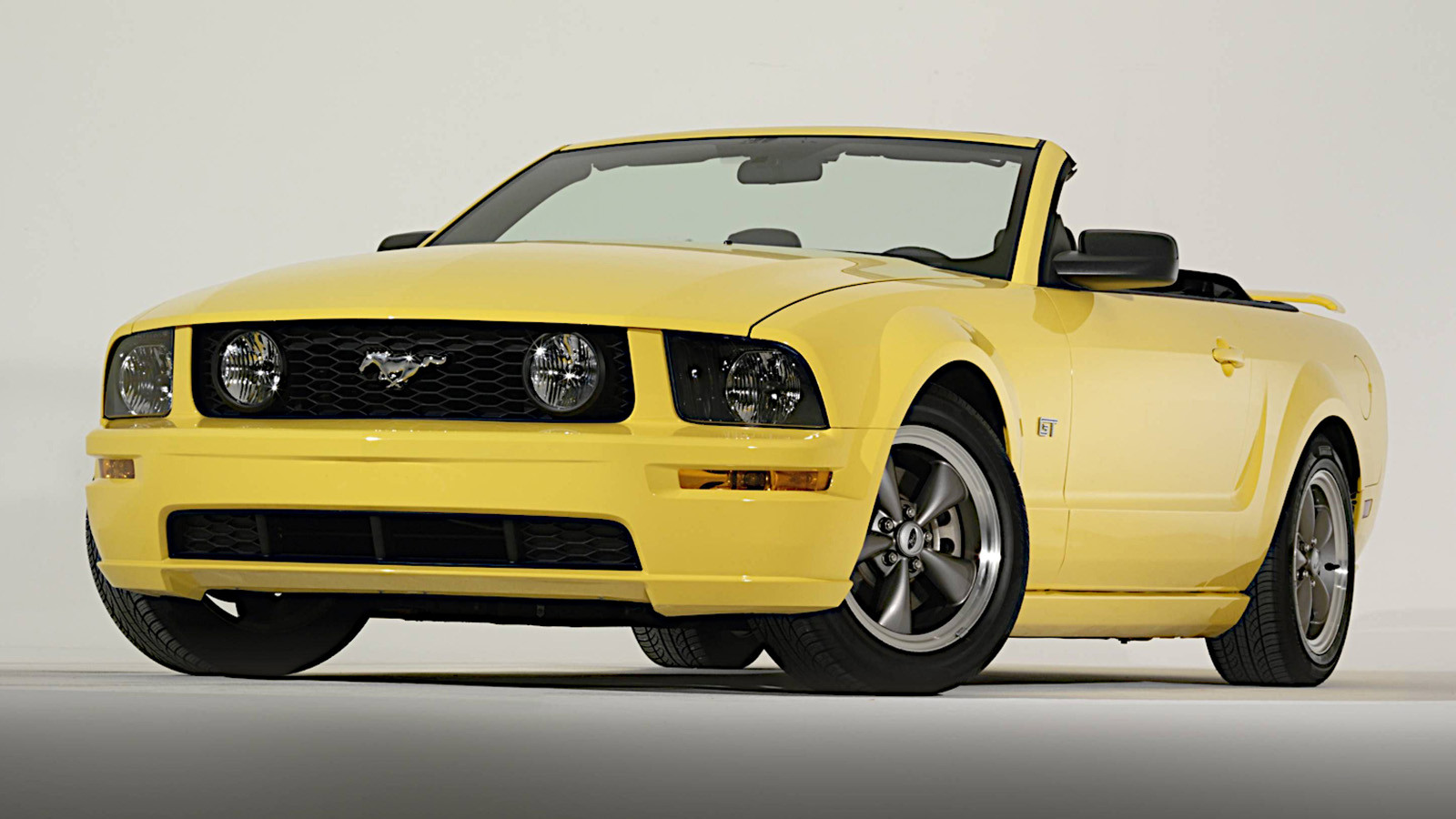 © Ford
© Ford -
 © Ford
© Ford -
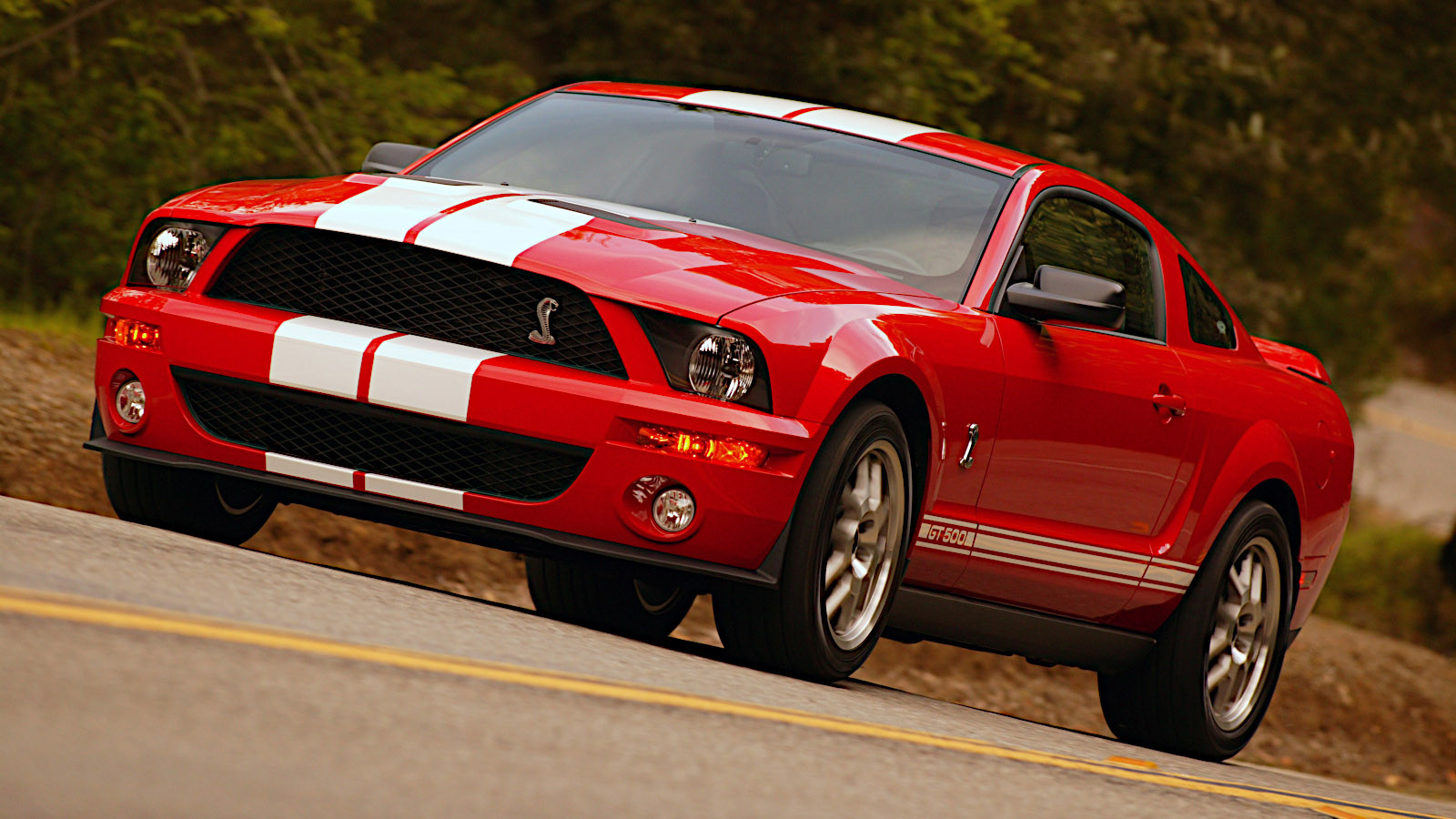 © Ford
© Ford -
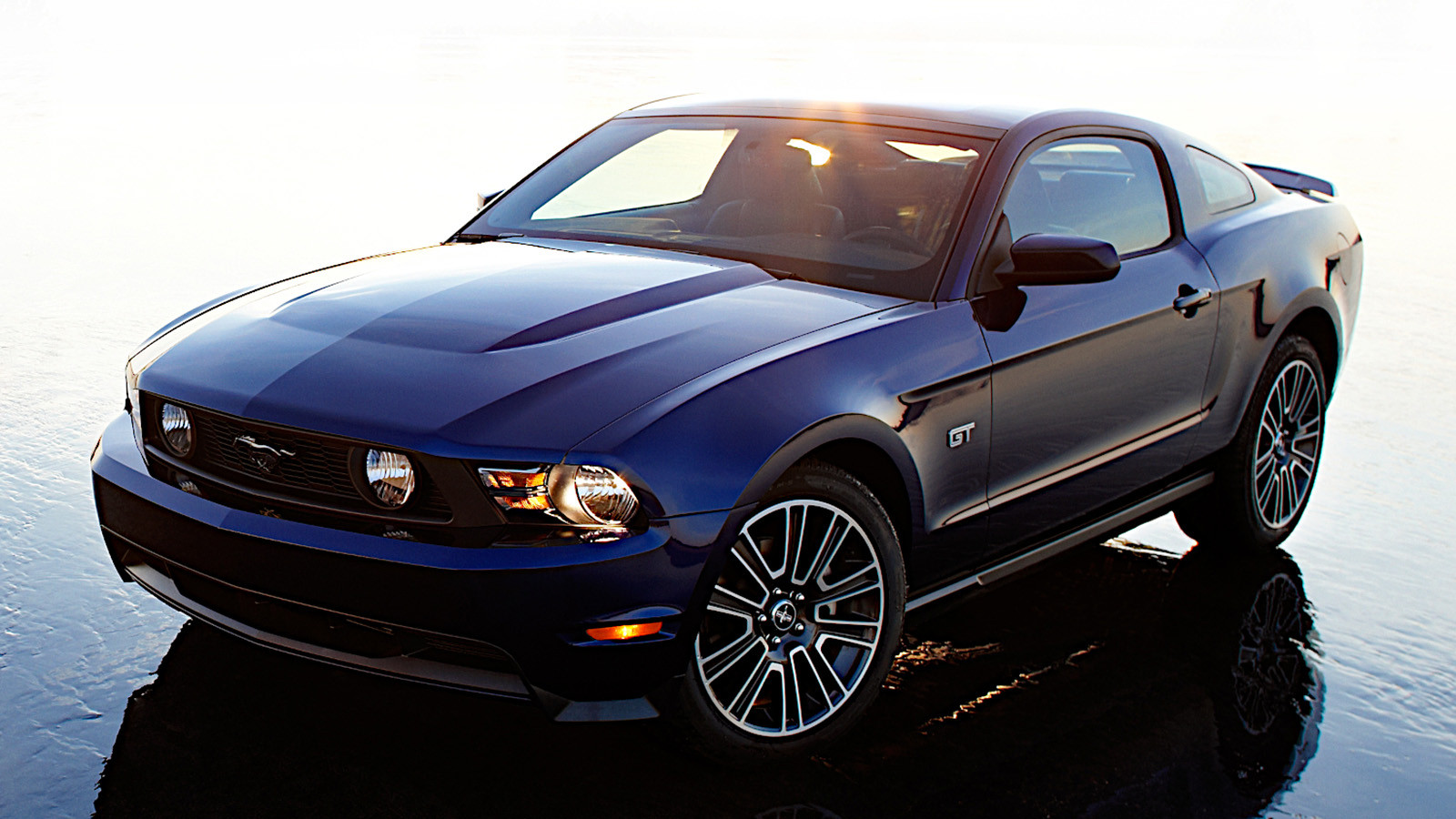 © Ford
© Ford -
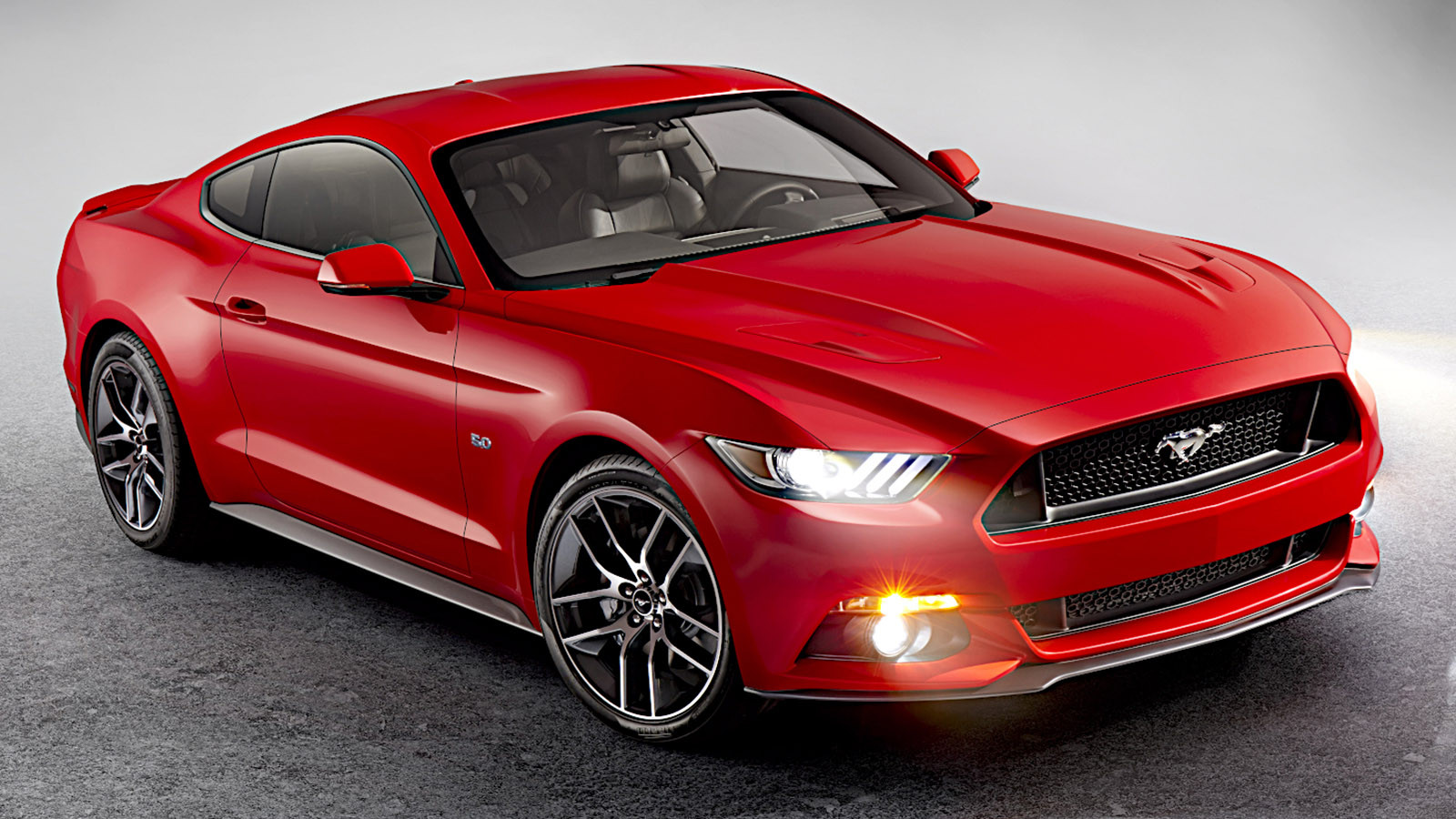 © Ford
© Ford -
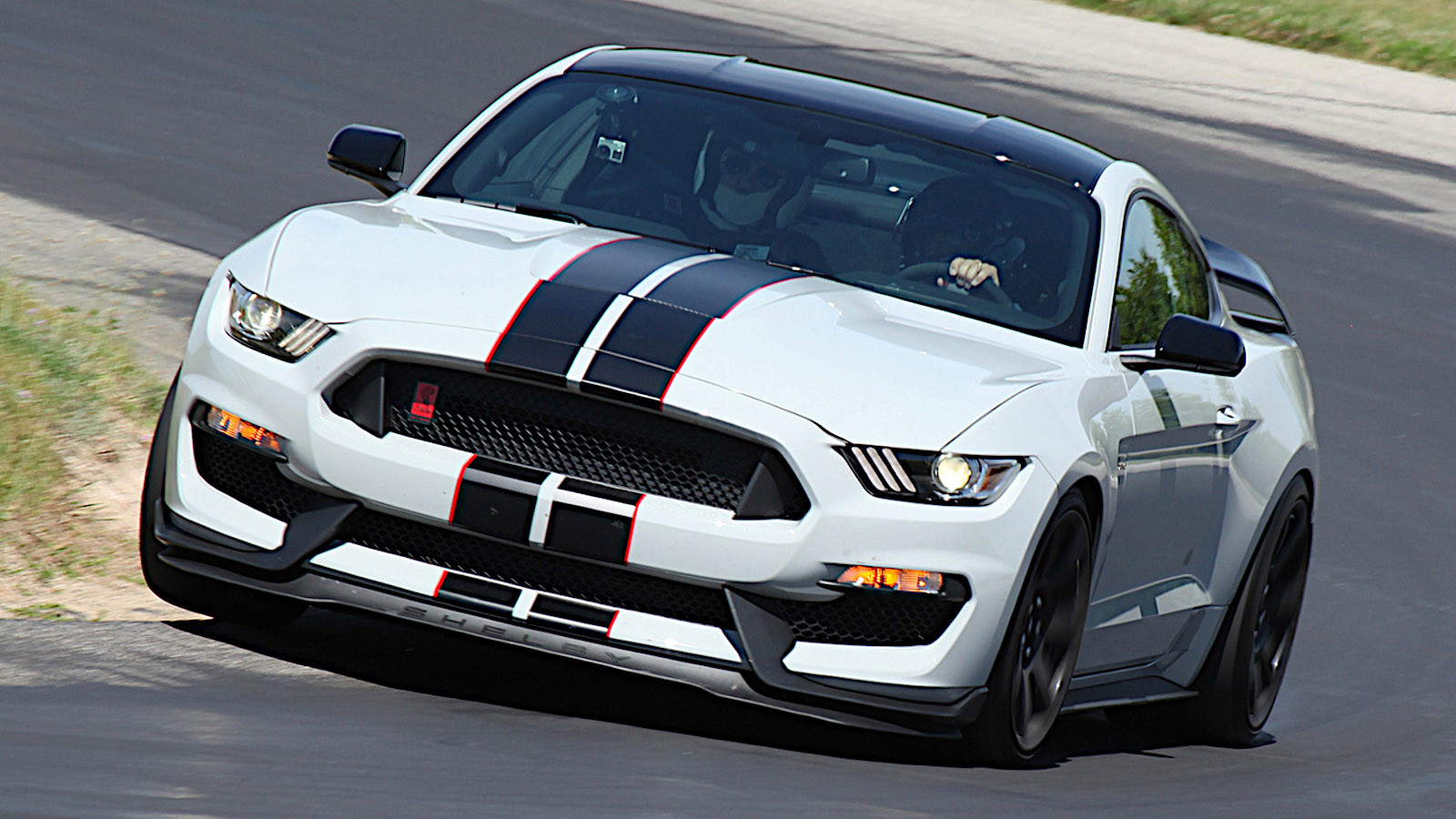 © Ford
© Ford -
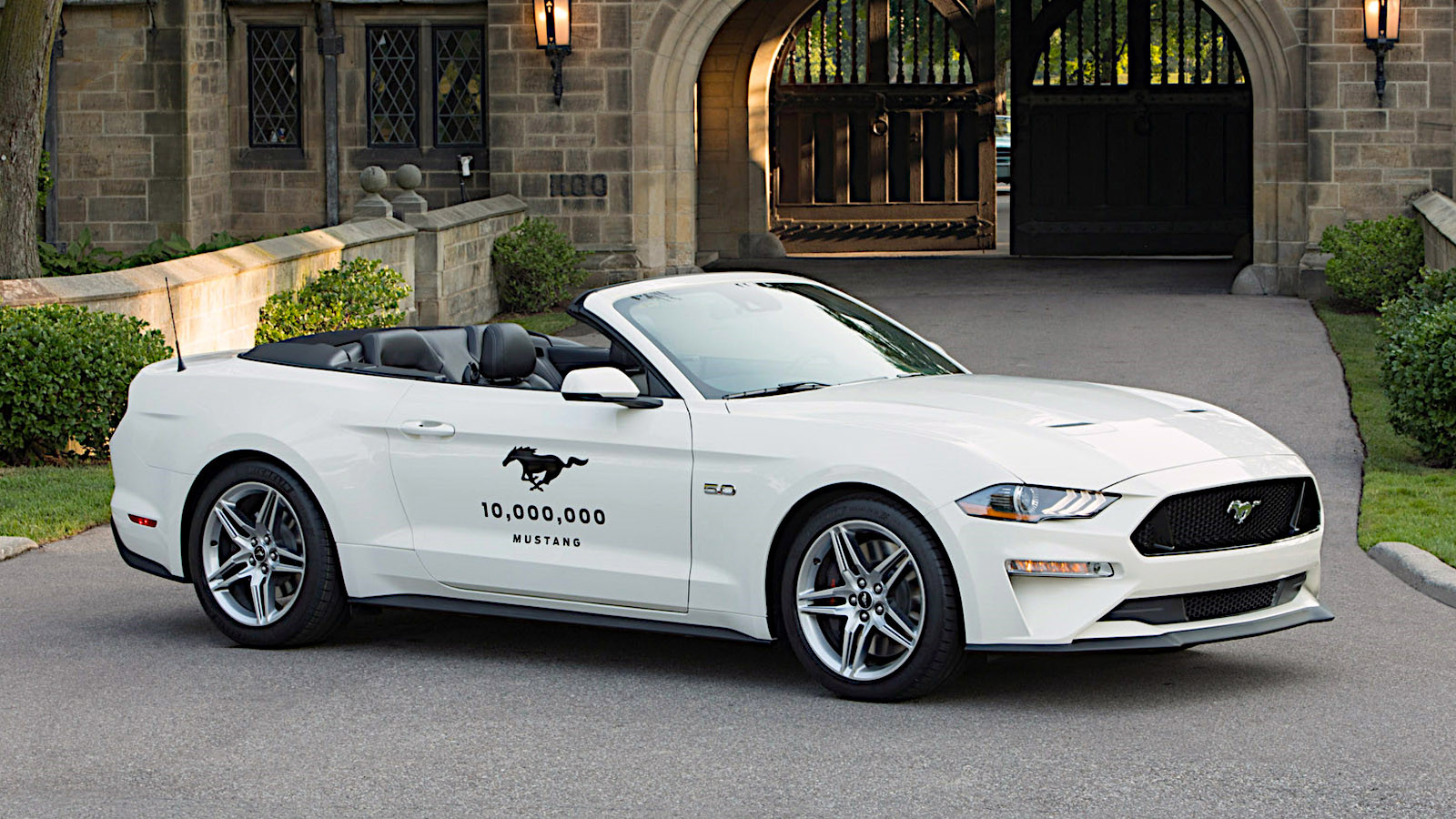 © Ford
© Ford -
 © Ford
© Ford -
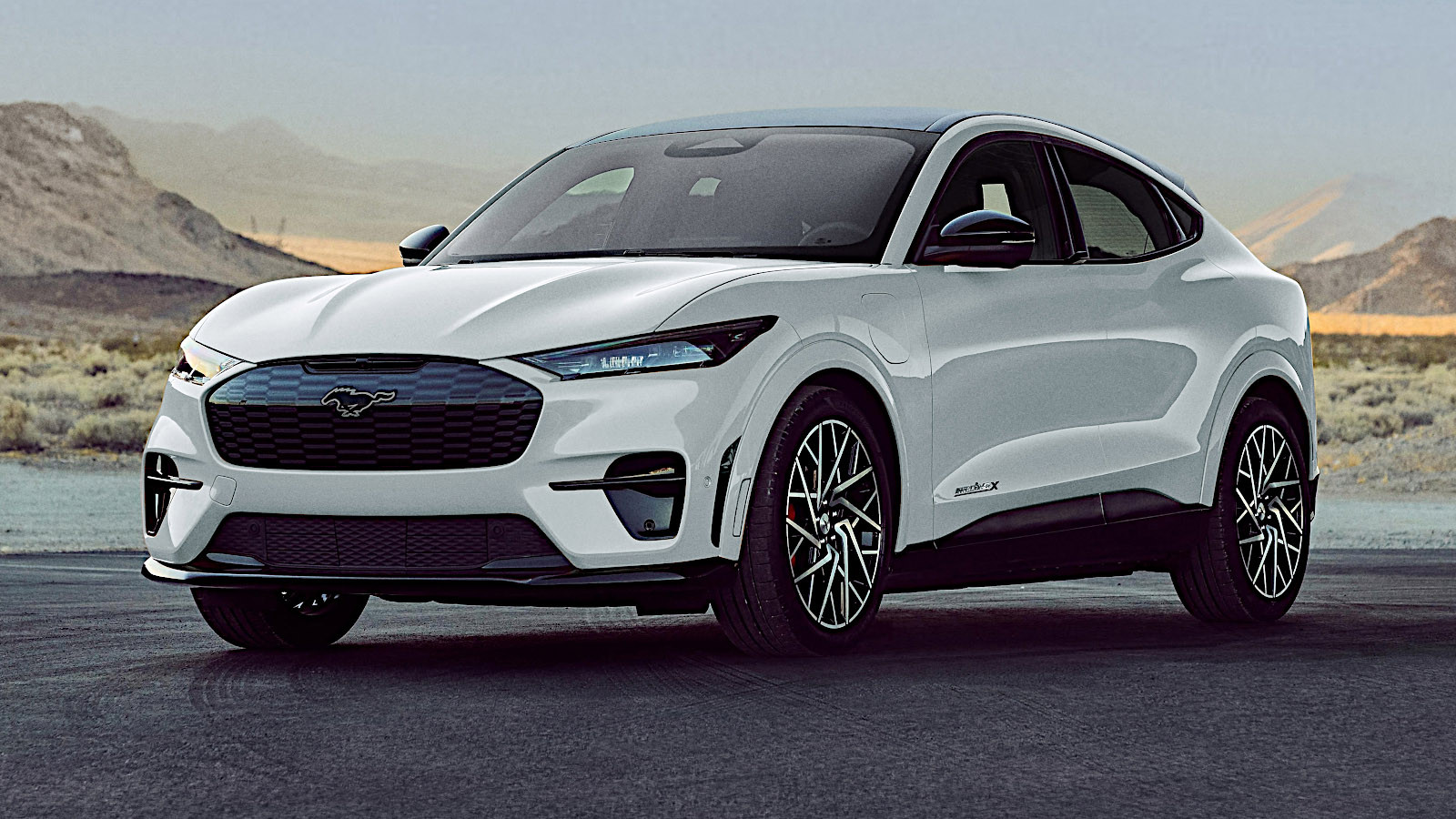 © Ford
© Ford -
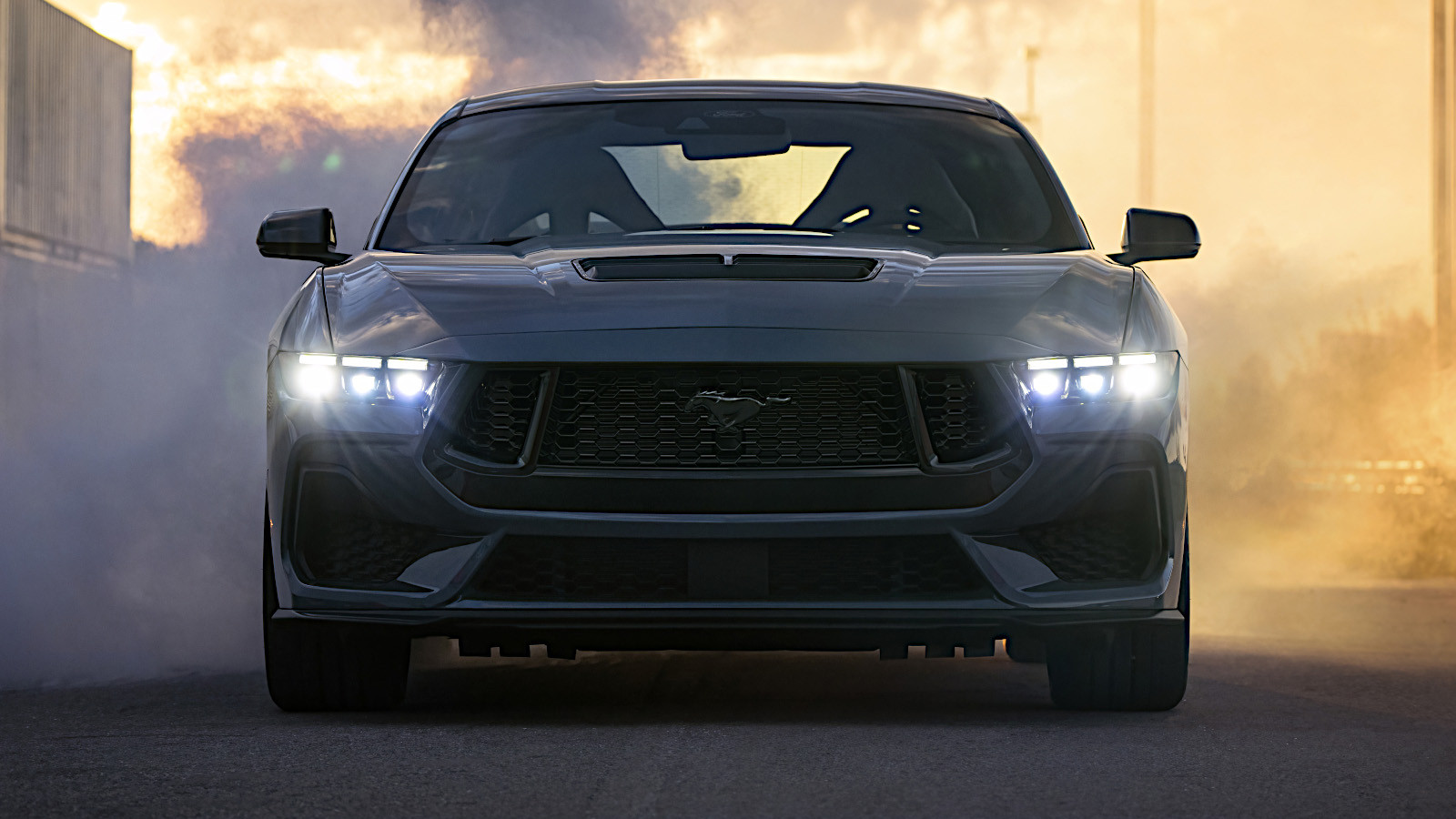 © Ford
© Ford
-
Forever young
Whether or not you’re a Ford fan, it would be difficult to deny that 2024 is a momentous year in the history of American performance cars.
It’s the 60th anniversary of the launch of the Ford Mustang, which is usually credited with popularising the hard to define, ‘you know one if you see one’ pony car segment.
Here, to the accompaniment of some suitable V8 bellowing, and perhaps an occasional screeching of tyres, we take a chronological run through the Mustang story, from the earliest concepts to the cars you can buy today.
-
The need for the Mustang
In the early 1960s, Ford put a lot of work into market research, and concluded that it did not have a car suitable for two types of buyer who were becoming increasingly important.
On one hand, the baby boomers – roughly defined as people alive at the time who had been born after the Second World War – would soon want cars, and the cars they wanted would be sporty and inexpensive.
On the other, the number of US families with two or more cars was rising enormously (it would grow from one million in 1959 to 13 million in 1963), and there was a related increase in the number of female drivers, who were less tolerant than men of cars which were clumsy to drive and awkward to park.
It was time for a new model.
-
The Allegro
In the two years before the Mustang was launched, three concepts demonstrated Ford’s train of thought.
The first was the 1962 Allegro, whose more futuristic features included an adjustable steering wheel and pedals, so they could be positioned exactly where the driver needed them.
The steering wheel could also be moved out of the way when the car was stationary, making it easier for the driver to get in and out.
The Ford Mustang would be less radical, but the Allegro’s front-end styling gave a hint as to what the production car would look like.
-
Mustang I
The famous name – inspired, according to Ford, not by the horse but by the P-51 Mustang fighter plane – was first used for the Mustang I concept car, which was demonstrated to great acclaim at the 1962 United States Grand Prix.
This was in fact the second one built and the only one that worked, its immediate predecessor being intended for static display.
Despite the name, and the obvious determination to provide what new customers would want, the car was dramatically different from any production Mustang.
The engine was the little Taunus V4 designed by Ford of Germany, and it was mounted just ahead of the rear axle, leaving room for absolutely no more than two seats in the passenger compartment.
-
Mustang II
Exactly a year after the debut of the functioning Mustang I, its almost production-ready successor was revealed at the 1963 United States Grand Prix.
The front-end design had strayed away from that of the Allegro, but some level of practicality had returned.
This time there was a front-mounted V8 engine and room for four passengers, an arrangement which was cheaper to build and would almost certainly have been more popular than that of Mustang I.
Internally, the car’s ‘personality’ was described as ’demure enough for church-going, racy enough for the dragstrip, modish enough for the country club’.
-
Production begins
With the name first used for Mustang I, the basic shape of Mustang II and some of the Allegro’s design details, the new model went into production in 1964.
On 17 April of that year, it was officially unveiled at the New York World’s Fair, and potential customers who weren’t within reach of that event could see the car in ads placed on the ABC, CBS and NBC television networks, during episodes of The Jimmy Dean Show, Perry Mason and Hazel respectively.
The Mustang went on sale with a choice of hardtop or convertible bodywork, and a fastback was added to the range before the end of the year.
The standard engine was a 2.8-litre Thriftpower straight-six, but anyone who wanted more performance, and was prepared to pay for it, could have the 4.7-litre Windsor V8 rated, by the system used in those days, at 210hp.
-
Sales success
Base price for the Ford Mustang in 1964, not including destination charges or state or local taxes, was $2368, the equivalent of around $23,500 today.
In addition to the alternative engine and body styles, customers could also order air conditioning, a Special Handling Package, a vinyl-covered roof, power steering and brake assistance – variations, as the brochure said, ‘are almost endless!’
With so much choice available, on top of a smart, modern design and a well-judged marketing campaign, the Mustang was an instant hit.
According to Ford, sales were already more than 100,000 just four months after the car’s introduction.
-
One million Mustangs
The millionth Mustang, a white convertible, left the factory around two years after the first, on 2 March 1966 (similar model pictured).
In round figures, Ford reported that 755,000 of them were hardtops, compared with 142,000 convertibles and 103,000 fastbacks.
557,000 had an automatic transmission, while 310,000 customers wanted the three-speed manual and only 133,000 specified four-on-the-floor.
842,000 had white-sidewall tyres, 799,000 were fitted with a radio and around two-thirds were powered by the V8 engine.
-
A new customer base
Sales analysis showed that Ford had absolutely achieved its aim in attracting customers who might otherwise have taken their business elsewhere.
The median age of Mustang buyers was 31 (more than a quarter of them were under 25), 42% were female and 35% were single.
Across the Ford range as a whole, the median age was 42, and women and unmarried people accounted for 31% and 9% respectively.
The overall figures were, of course, influenced by those for the Mustang, so the car’s effect on the company must have been even more pronounced than it first appears.
-
The Shelby cars
Carroll Shelby, famous for his racing career and for putting Ford V8 engines into British sports cars to create the AC Cobra and Sunbeam Tiger, also plays an important role in Mustang history.
In 1965, his company, Shelby American, began to convert stock V8 Mustangs, substantially uprating the output of the Windsor engine among other changes, and marketing the resulting vehicle as the GT350 (pictured).
This car, and the still-more-powerful GT500, were produced until 1970.
There was then a gap of more than 30 years before another Shelby version was introduced in 2006, creating a new line which survived until the end of the 2022 model year.
-
The first redesign
A few months after the millionth example had been built, the Ford Mustang emerged in redesigned form for the 1967 model year.
The styling was evolutionary rather than radically different, but the car was now larger than before, with, according to Ford, ‘a wider 58-inch tread for better roadability’.
Also available for the first time was a big-block V8, a 320hp 6.4-litre unit from the FE family, which had been around, in various capacities, for nearly a decade.
The Thriftpower ‘six’ now measured 3.3 litres and produced 120hp, while the 4.7-litre Windsor V8 was now available in three forms called called Challenger, Challenger Special and Cobra, with outputs ranging from 200 to 271hp.
-
Enlarging the Mustang
Two more redesigns followed in 1969 and, as pictured here, 1971.
Although Mustangs built up to 1973 are all considered part of the first generation, the last cars were very different from the ones produced nearly a decade before.
Every update had included an increase in size, and there was no longer much sign of the original styling which, Ford says, was reported by more than 80% of early buyers as ‘the single most important factor in their decision’.
The engines had grown, too – the largest V8 reached 7 litres (though this version was no longer available by the end of the generation), while the Thriftpower ‘six’ grew to 4.1 litres.
-
Mach 1
In addition to the Shelby models, high-performance Mustang variants developed by Ford itself became available in the 1969 model year.
The first of many Mach 1s, available only with the SportsRoof fastback body, came as standard with a 5.8-litre V8, but other engines of the same layout and measuring up to 7 litres could be chosen instead at extra cost.
The Mach 1 also came with uprated suspension, a matt black bonnet (including air scoop), high-back bucket seats and body-coloured race-style door mirrors.
-
The Boss Mustangs
The Boss cars were given their name by designer Larry Shinoda in tribute to his own boss, Semon ‘Bunkie’ Knudsen, who served as president of Ford Motor Company for less than two years.
The Boss 302 (pictured) had an unusual engine, consisting of the bottom half of the 5-litre Windsor V8 and the very un-Windsor-like cylinder heads of the Cleveland V8, which was not yet in production.
The Boss 429 existed so that its 7-litre engine (from Ford’s 385 family) could be fitted to enough road-legal cars to qualify for use in NASCAR racing.
Oddly, the Mustang itself wasn’t used in NASCAR, since Ford’s contender in the series at the time was the Torino, but there was nothing in the rules saying that the homologated engine had to be available in the roadgoing version of the car that was raced.
-
The second generation
Mustang II, launched a decade after its great predecessor, was marketed as ‘the right car at the right time’, with an emphasis on ‘the economy and agility you expect from a compact car’.
Offered as either a two-door coupe or a three-door hatchback, but no longer as a convertible, the new model was the first Mustang fitted with a four-cylinder engine – the 2.3-litre Lima, part of the Pinto family which, despite being unofficially named after a US model, was actually developed by Ford of Europe.
Another European engine, the 2.8-litre Cologne V6, was standard in the Mach 1 and an extra-cost option for all the other versions.
As the effects of the 1973 oil crisis receded, Ford later reintroduced the 5-litre Windsor V8 (‘available exclusively with SelectShift Cruise-O-Matic’), one of several updates which, according to the promotional literature, meant that ‘Mustang II is more exciting than ever!’
-
Popularity
Although the second Mustang was not a pony car by anyone’s definition, and is widely regarded as a disappointment, Ford’s claim that it was suitable for its time seems to have been justified.
According to the Mustang Specs website, 385,993 Mustang IIs were manufactured in 1974, more than in any year since 1966 and still today the third highest figure ever.
Production dropped sharply after that, but was still always higher than it had been in the final three years of the original car.
Despite that, Ford felt the need to replace it with a new model in 1979, making this the shortest-lived Mustang generation to date.
-
The third generation
In sharp contrast to its immediate predecessor, the third Ford Mustang remained on the market all the way from 1979 to 1993, and was therefore the longest-lived in the series.
This new version was based on the Fox platform, and was therefore related to the contemporary Ford Thunderbird, Mercury Zephyr and Lincoln Continental.
The US auto industry was by now well into its malaise era. At one point, the most powerful engine available in this generation of Ford Mustang was a turbocharged version of the 2.3-litre Lima ‘four’, though a stronger 5-litre V8 would later be added.
-
Return of the convertible
Ford had offered convertible versions of the Mustang in every model year of the first generation, but dropped that body style entirely for the second.
Roof-down motoring wasn’t available in the early days of the third generation either, though there was the option of a T-roof body style with removable overhead panels on each side of a central support bar.
After a full decade, the no-convertibles policy was reversed when a Mustang with a completely foldable roof was introduced for the 1983 model year.
-
The Ford Mustang SVO
Named after Ford’s Special Vehicles Operations department, the Mustang SVO was introduced in 1984, and was available only as a three-door liftback powered by the turbocharged 2.3-litre Lima engine also fitted to the GT Turbo.
The V8 might have seemed a more obvious choice for a performance car, but the lower weight of the Lima would contribute to good handling, which was the whole point of the car.
To that end, the SVO had its own suspension set-up, which included all-round Koni adjustable dampers, along with a Traction-Lok rear axle and low-profile Goodyear NCT tyres.
Although it received very positive reviews, the SVO was less popular than it might have been (partly because of its high price) and was soon discontinued.
-
Mercury’s Mustang
In its first generation, available for most of the 1970s, the Mercury Capri was simply the European Ford of the same name (often thought of as the local equivalent of the Mustang) shipped across the Atlantic and given new badges.
Despite promotional claims of ‘European design philosophy’, the second Capri was a mildly restyled Mustang, introduced at the same time as its Ford counterpart.
Unlike the Mustang, the Capri was discontinued after the 1986 model year and was not immediately replaced by a car of the same name, though a third and final Capri – a 1.6-litre roadster built in Australia – came along in 1991.
-
The Mustang that wasn’t
If initial plans had been followed, the third Mustang would not have lasted nearly as long as it did.
Ford intended to replace it with a new model co-developed with Mazda, but the prospect of a partly Japanese front-wheel-drive Mustang with no possibility of a V8 option went down exceptionally badly in some circles.
The idea was eventually abandoned, the car was instead introduced in 1989 as the Ford Probe (pictured), and the Mustang was allowed to run for a few more years in its current form.
-
The fourth generation
After all the trouble surrounding the car which eventually became known as the Probe, the next Ford Mustang was an all-American model with rear-wheel drive, and looked more like a muscle car than any Mustang of the previous two decades.
At its launch in 1994 it was available as a coupe or a convertible, fitted with either a 3.8-litre V6 Essex engine (built at the Essex plant in Windsor, Ontario, and unrelated to the much older British V6 of the same name) or, in the case of the GT, yet another version of the Windsor V8, described as a 5.0 but actually measuring 302 cu in, which is slightly closer to 4.9 litres.
Standard equipment included 16in wheels, but the GT was available at extra cost with 17s wearing 245/45 tyres which, at the time, had the lowest profile of any rubber fitted to a production Mustang.
-
Modular Mustang
For the 1996 model year, the Windsor V8 was retired and was replaced by a new engine of the same layout from Ford’s Modular family.
With two overhead cams per cylinder bank, rather than a single pushrod-operated one as before, the Modular was the most sophisticated V8 yet fitted to a Mustang, and was initially available with a capacity of 4.6 litres and maximum power and torque outputs identical to those of the Windsor at 215bhp and 285lb ft.
The high-performance Cobra version (pictured) also used the Modular engine, but in this case with four valves per cylinder rather than two, and a substantially higher maximum power figure of 304bhp.
-
New Edge Mustang
While it wasn’t exactly a redesign of the type the original Ford Mustang had gone through several times, the fourth-generation car was given a substantial facelift in 1999.
It was based on a styling language known as New Edge, which Ford had already used in Europe for the Ka, the revised Mondeo and the first-generation Focus.
The Mustang didn’t look like any of those, but it did have more sharply defined features than before, giving it an early-21st-century rather than late-20th-century appearance.
In other news, the maximum power outputs were now considerably higher than before, at 190bhp for the 3.8-litre V6, 260bhp for the two-valve Modular V8 and 321bhp for the four-valve V8 in the Cobra.
-
Supercharging the Mustang
Shelby American had provided a supercharger as an option in the 1960s, but Ford did not get round to fitting one to the Mustang until 2003.
That year’s SVT Cobra (pictured), also known as the Terminator, had a Roots-type Eaton compressor which increased the air intake pressure by 8psi and officially raised the maximum output of the 4.6-litre four-valve Modular V8 to 390bhp, though the true figure is believed to be somewhat higher.
Naturally, the suspension was uprated to match, and the 17in wheels (wrapped with 275/40 Goodyear Eagle F1 tyres) covered brake discs which measured 13in at the front and 11.65in at the rear.
-
The fifth generation
Ford produced the fourth Mustang for 11 model years before replacing it in 2005 with the fifth, which stayed around for 10.
In this period, several car manufacturers designed new models which had at least a passing resemblance to ones built much earlier – Volkswagen had done this with the Beetle, as had BMW with the new MINI, and a modern but retro-styled Fiat 500 would be coming soon.
The same idea, sometimes referred to as ‘retro-futurism’, was applied to the new Mustang, which did not look exactly like the original model, but certainly had echoes of it.
To put it another way, as one of the US magazines did, ‘It’s a bold, aggressive shape liberally frosted with memorable design cues from golden-era Mustangs’.
-
Technical details
The new Ford Mustang was based on a new platform, though the fact that it had live-axle rather than independent rear suspension seemed anachronistic in 2005.
The base engine was the last development of the very long-lived Cologne V6, with a capacity of 4 litres and a maximum output of 211bhp.
Customers who wanted more performance could bypass this and instead choose the by now familiar 4.6-litre Modular V8, available in this application with three valves per cylinder and producing, at first, 300bhp.
As had become customary, the new Mustang was available as both a coupe and a convertible, the latter praised in the US media for its lack of scuttle shake.
-
Return of the Shelby Mustangs
After a break of more than 40 years, the Shelby name returned to the Mustang at the start of the fifth generation.
The most dramatic version of this period was the GT500 (pictured), which was powered by a supercharged 5.4-litre version of the Modular V8 mated to a six-speed Tremec gearbox.
At its launch in 2007, the GT500 produced 500bhp, a new record for a production Mustang.
But that wasn’t the end of it – before the generation ended, the output had risen still further to 540bhp.
-
The 2010 update
Although it was still at heart the same car, Ford’s Mustang was revised substantially for the 2010 model year.
The exterior changes not only freshened the appearance but, according to Ford, reduced drag by 4% and front-end lift by 37% on the V6 models, and by 7% and 23% respectively on the V8s.
‘We adjusted the springs, stabilizer bars and shocks to better balance the ride, steering and handling,’ said Ford, adding that all the wheels were now an inch taller than before – 17 as standard on the V6s and 18 on the V8s, with a 19in option if required.
Also new was AdvanceTrac, which reduced engine power and applied the brakes if the various sensors decided the action was becoming too hot.
Drivers could switch the system on or off, and on V8 models there was a Sport mode which allowed them to push harder before the safety features came into play.
-
The sixth generation
The Mustang introduced for the 2015 model year had less of a retro look than its predecessor, though it still recalled the classic cars of the past.
The rear suspension was now fully independent, and this was the first generation in which cars were built in the factory in both left- and right-hand drive form.
Previous right-hand-drive Mustangs had been sold officially in Australia, but they were converted locally by Tickford, a process which was reported to take 55 hours.
-
Four cylinders
For the first time in many years, the Mustang was once again available with a four-cylinder engine.
Like the Lima, this was a turbocharged 2.3-litre unit, but the new EcoBoost (also used in the third-generation Focus RS) was otherwise completely different.
Producing 310bhp in the Mustang, it was slightly more powerful than the base engine in the range, a 300bhp 3.7-litre V6 from the Ford’s Cyclone family which was dropped after 2017.
The remaining option at launch was the 434bhp 5-litre Coyote development of the Modular V8, also available in 5.2-litre form in the Shelby models (GT350R pictured).
-
10 million Mustangs
In 2018, the 10 millionth production Mustang emerged from Ford’s Flat Rock assembly plant in Michigan.
Like the millionth example, and indeed the first to have been given a Vehicle Identification Number 54 years earlier, it was a convertible painted in Wimbledon White, and was fitted with the Coyote V8 engine and a six-speed manual gearbox.
Celebrations were held at Flat Rock and at Ford’s headquarters 20 miles north in Dearborn, and included a parade of cars built across half a century and flyovers performed by three P-51 Mustang fighters.
-
Bullitt
A first-generation Ford Mustang had featured in one of cinema’s most memorable car chases during the 1968 film Bullitt, starring Steve McQueen.
Ford produced several Bullitt special editions, but had not done so for a decade when it revived the idea in 2018 (for the 2019 model year) to celebrate the film’s 50th anniversary.
Like McQueen’s version, it was a dark green fastback with, of course, the 5-litre V8, which was modified to produce a maximum of 480bhp, 20bhp more than what had now become its standard output.
-
The Mach-E
Mustang history split in two in late 2020 when Ford launched the Mach-E.
Completely unlike any other Mustang, the new model is a four-door crossover SUV with an all-electric drivetrain.
While it joined rather than replaced the existing car in Ford’s line-up, the use of the name for a vehicle of this type caused some controversy, though it would be fair to say that a manufacturer can, within reason, call its products anything it likes.
-
The seventh generation
The seventh Mustang, and possibly the last powered by an internal-combustion engine, made its debut in the 2024 model year.
Boasting what Ford described as a ‘fighter-jet-inspired digital cockpit’, the car is available with either a revised version of the 2.3-litre EcoBoost (still producing 315bhp) or the Coyote V8, whose output is 480bhp in the GT and 500bhp in the Dark Horse variant.
A 10-speed automatic gearbox is the only one available with the EcoBoost engine and an extra-cost option for the V8s, whose standard transmission is a six-speed manual.
In fact, there are two manuals – a Getrag MT-82 unit for the GT and a Tremec TR-3160, with slightly different ratios, for the Dark Horse.
